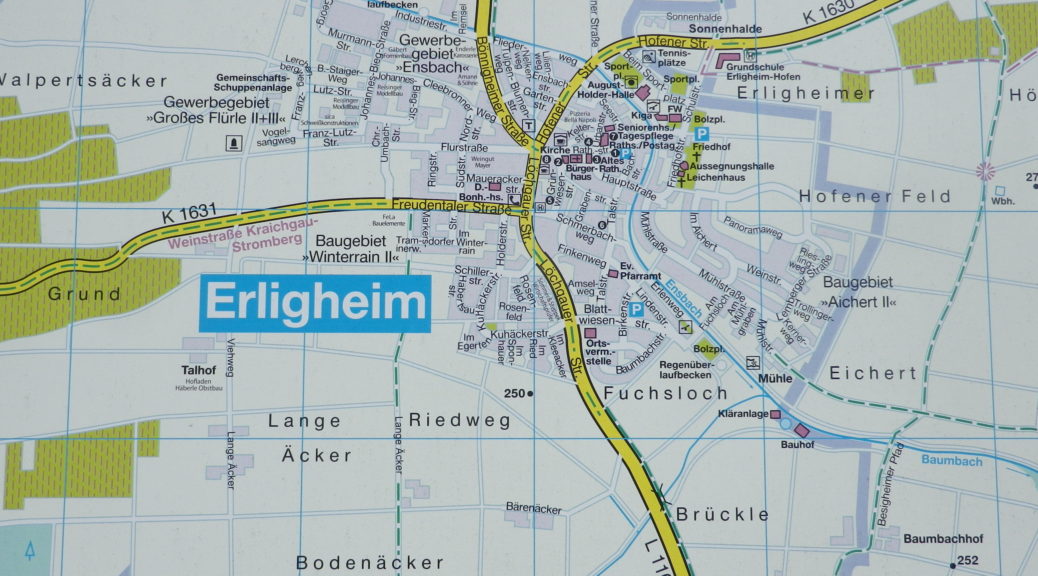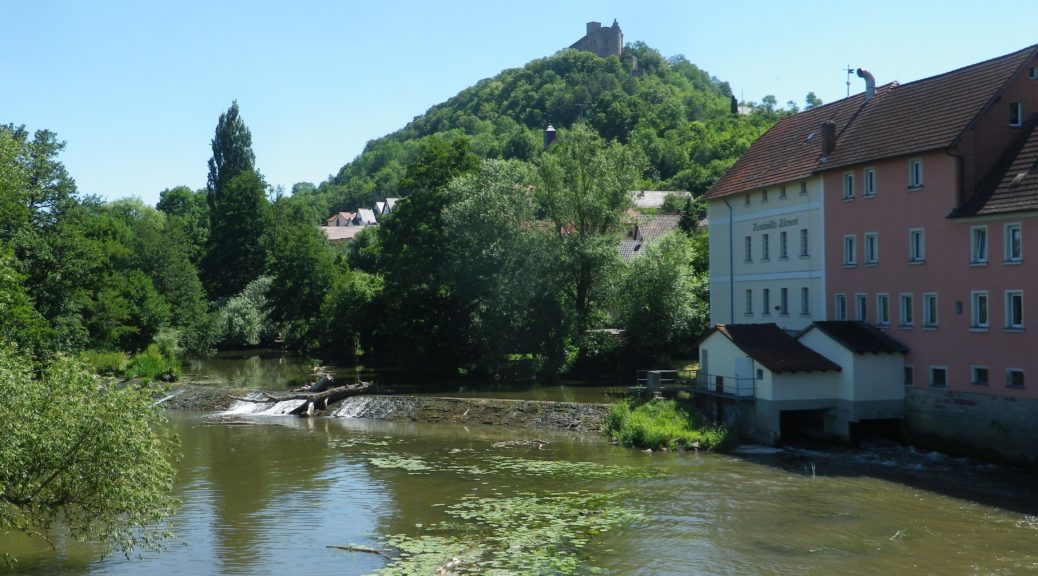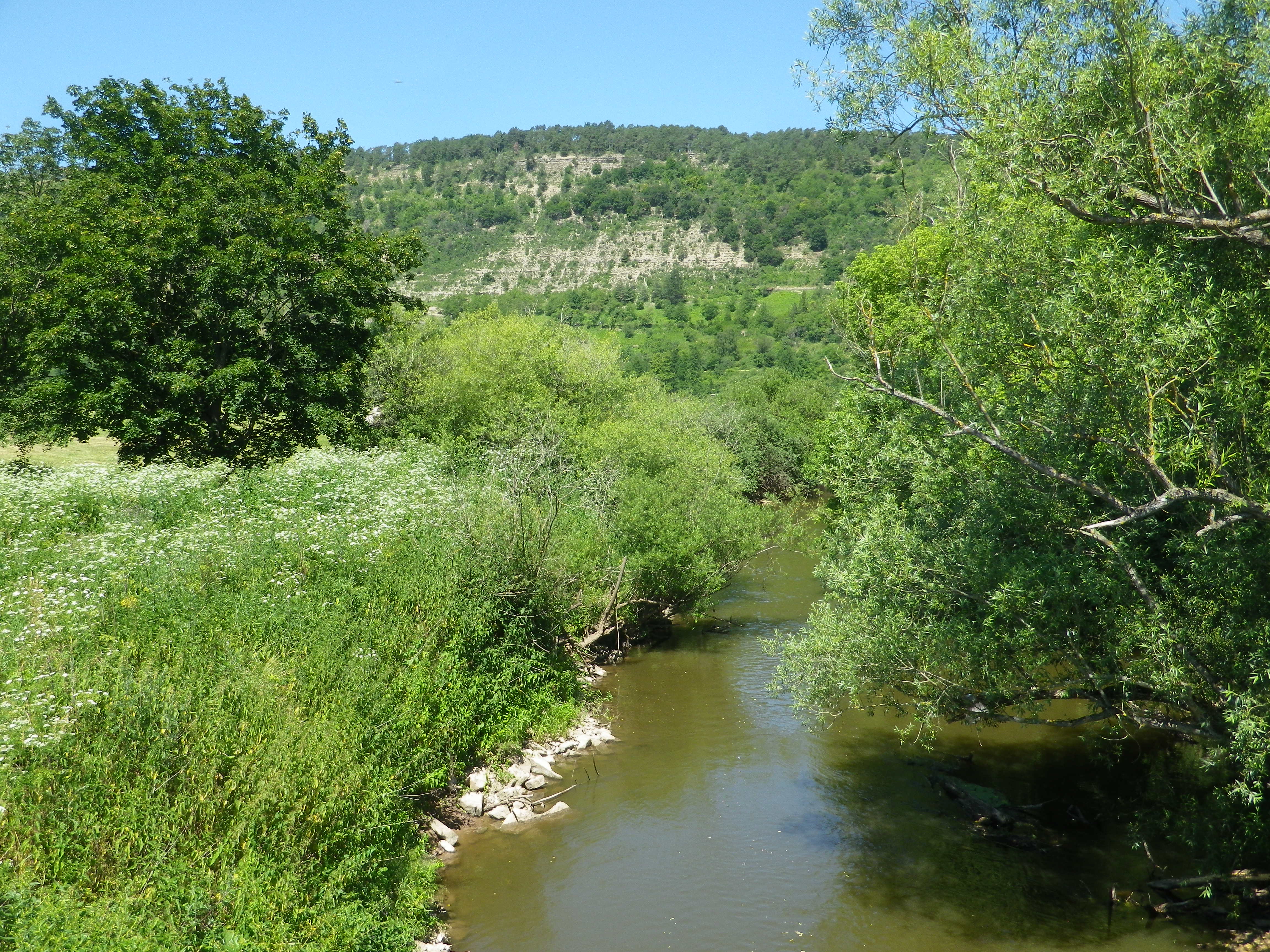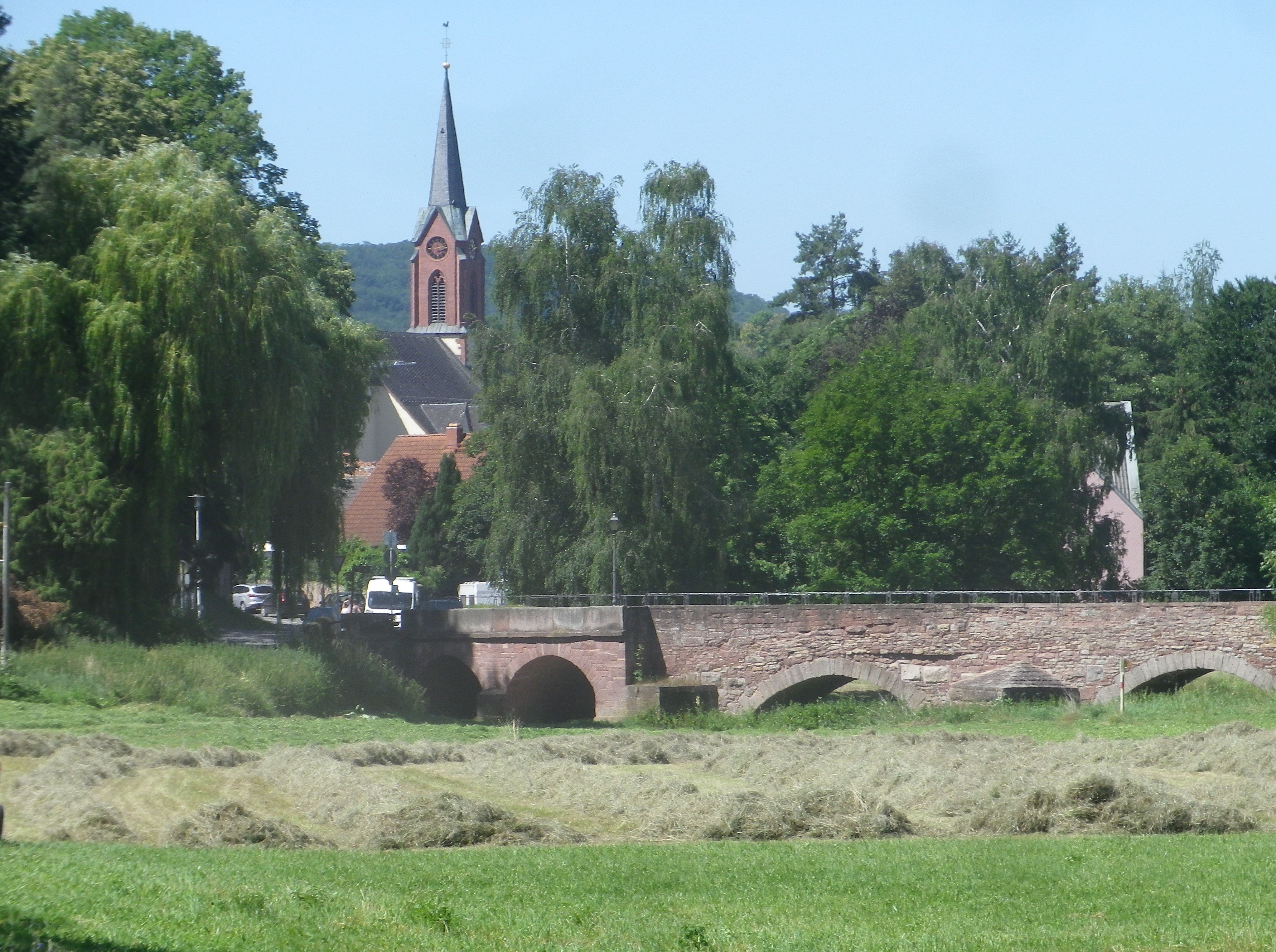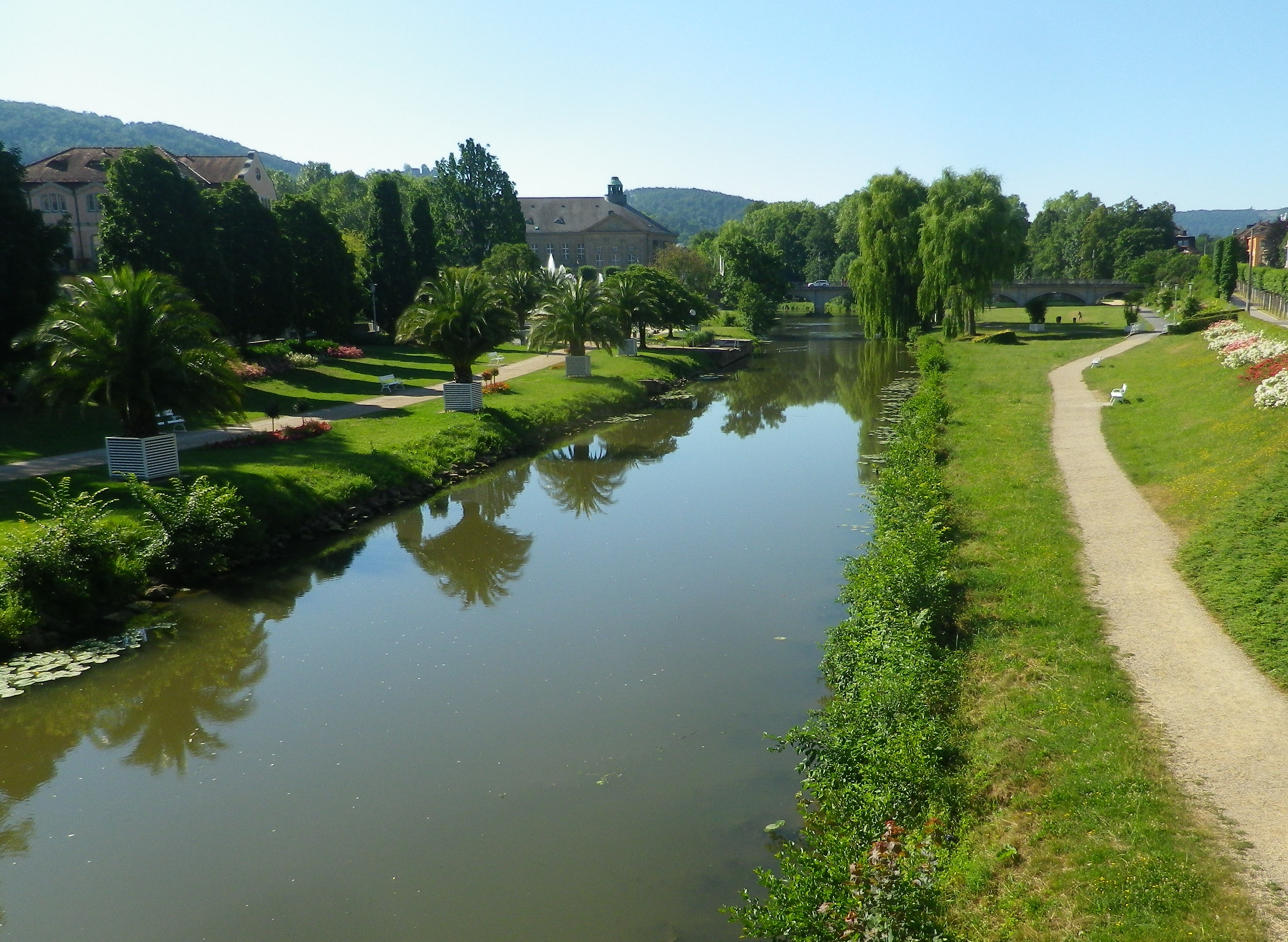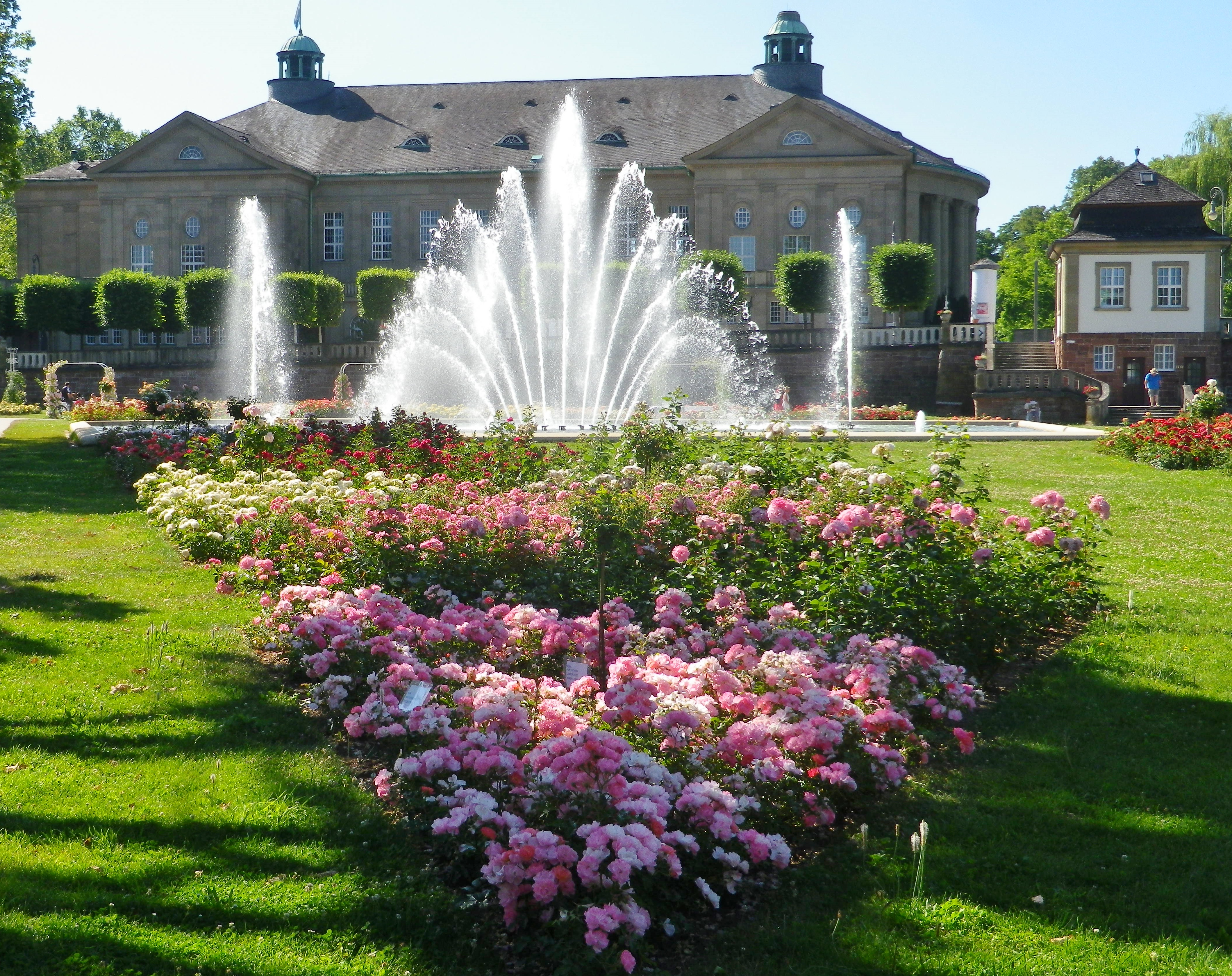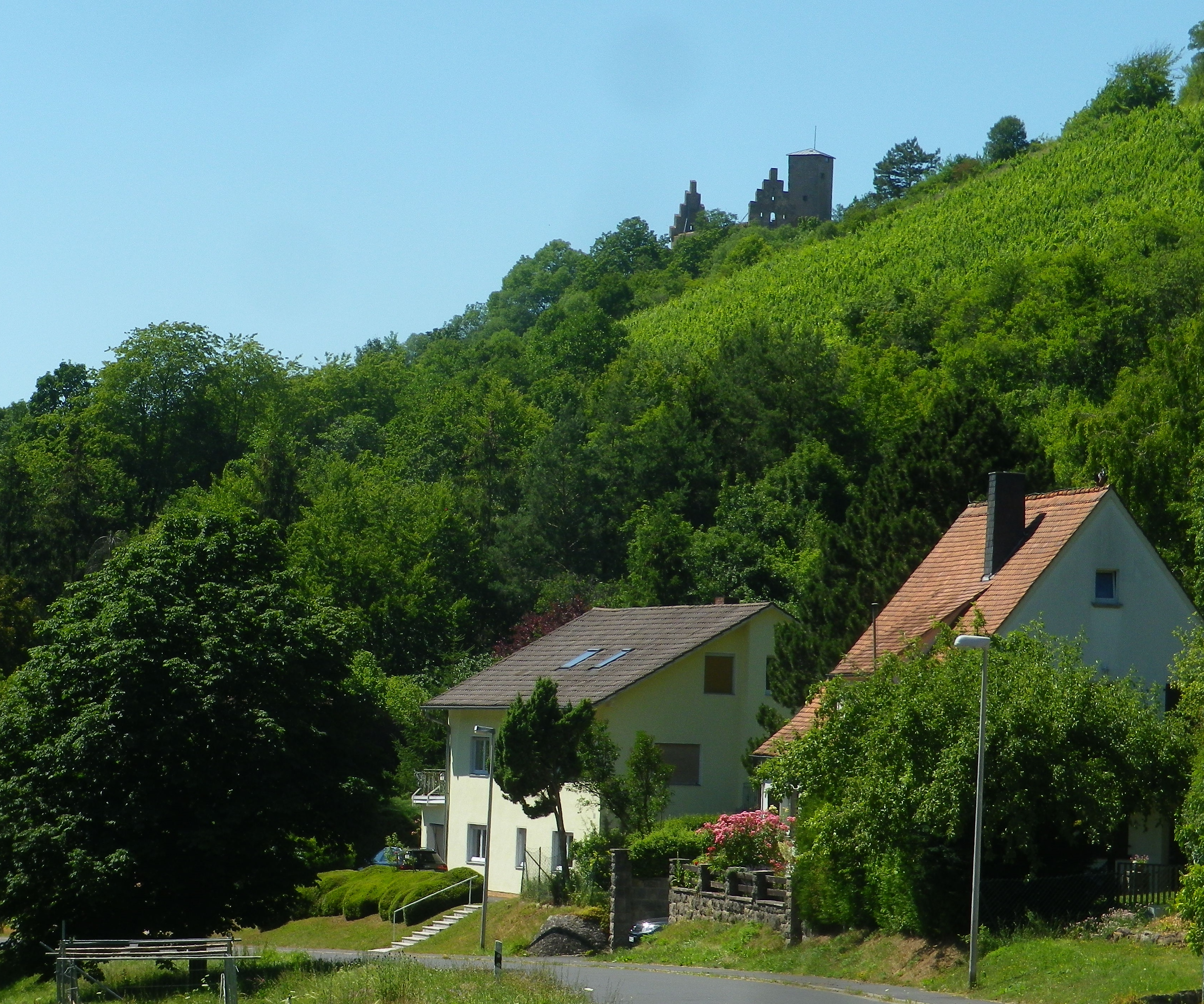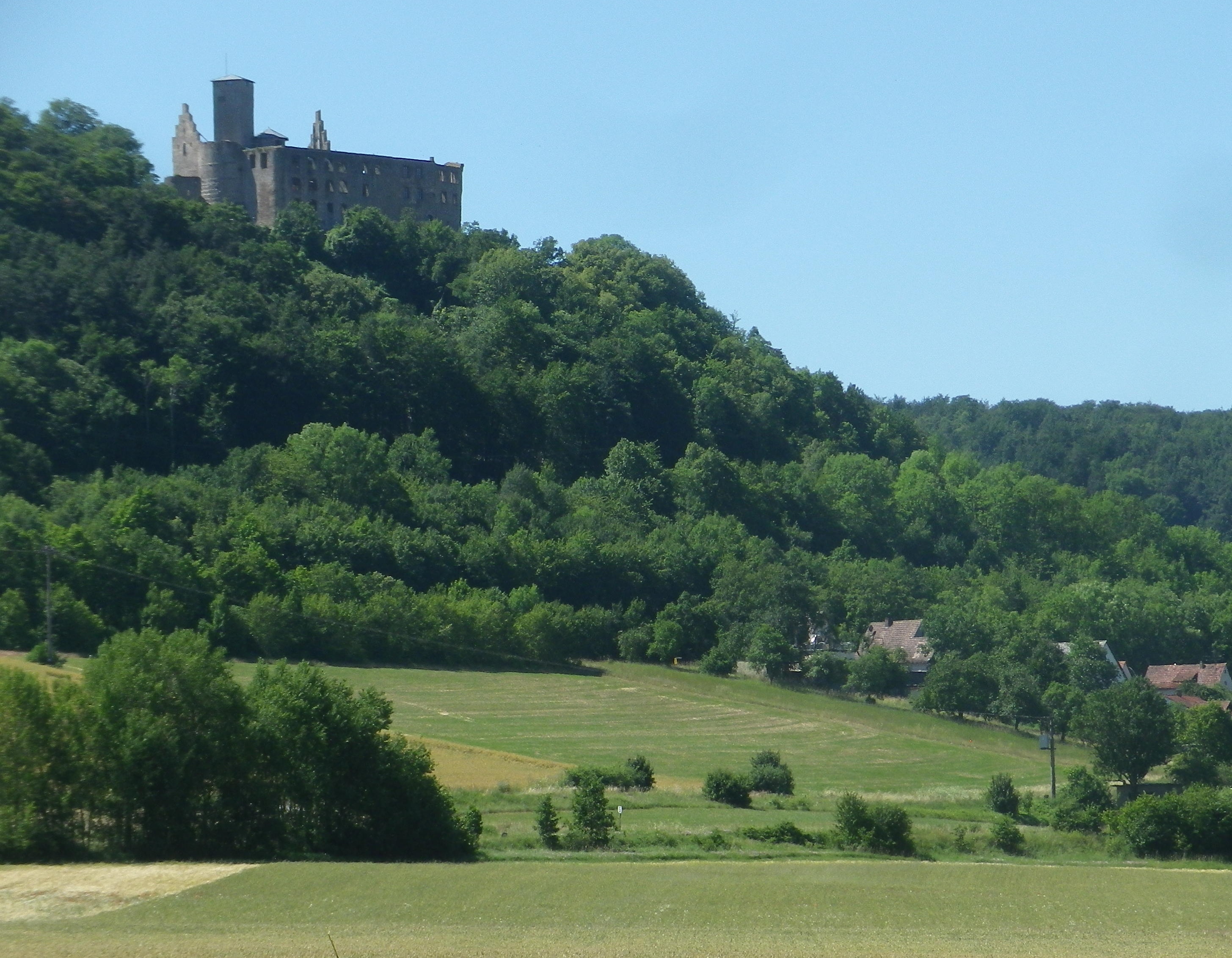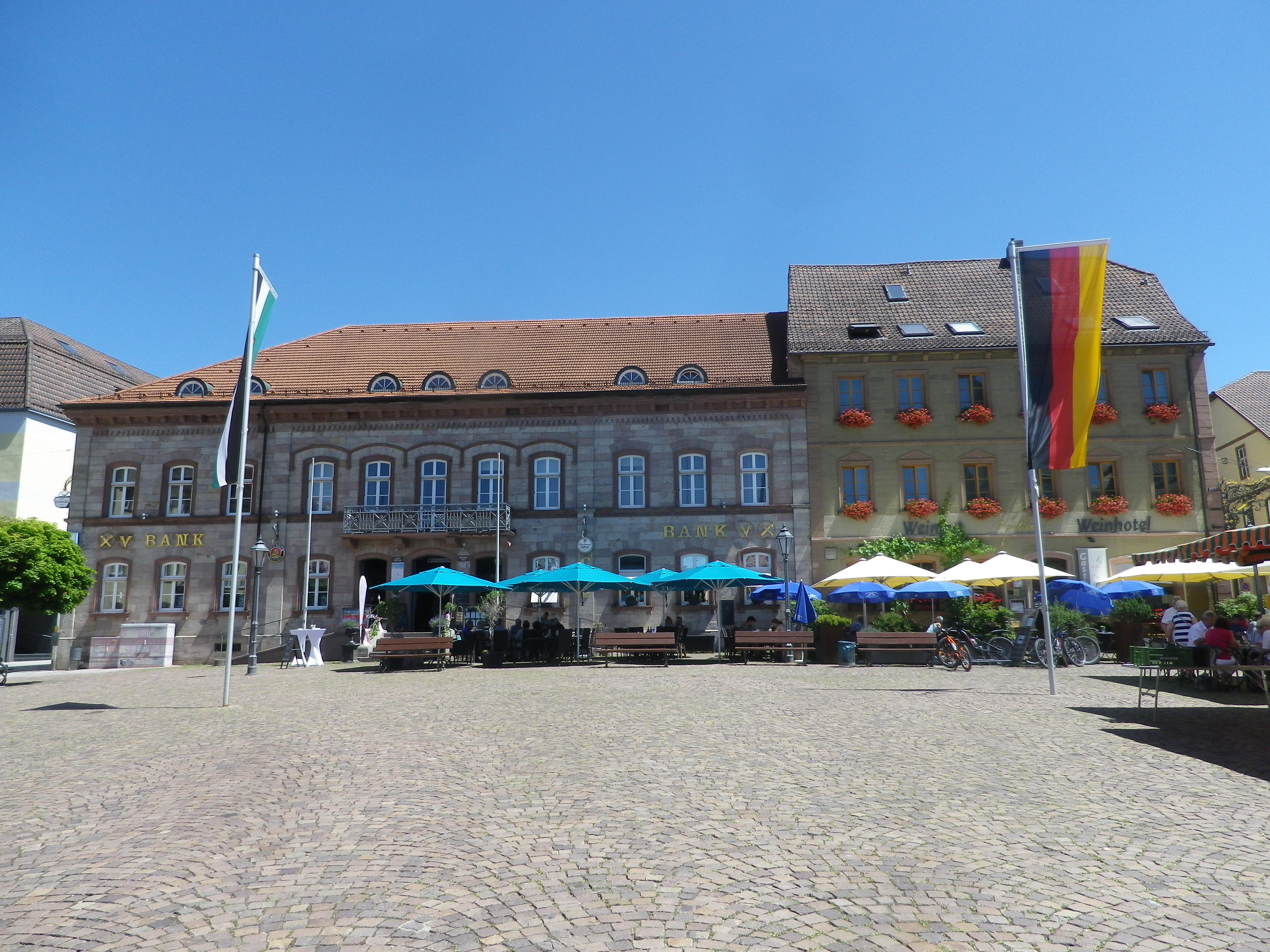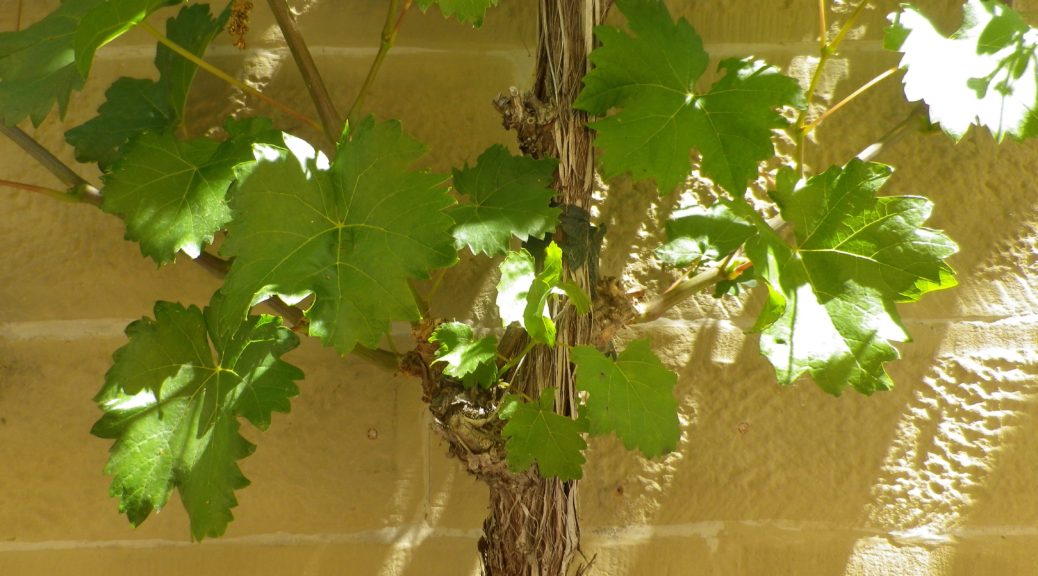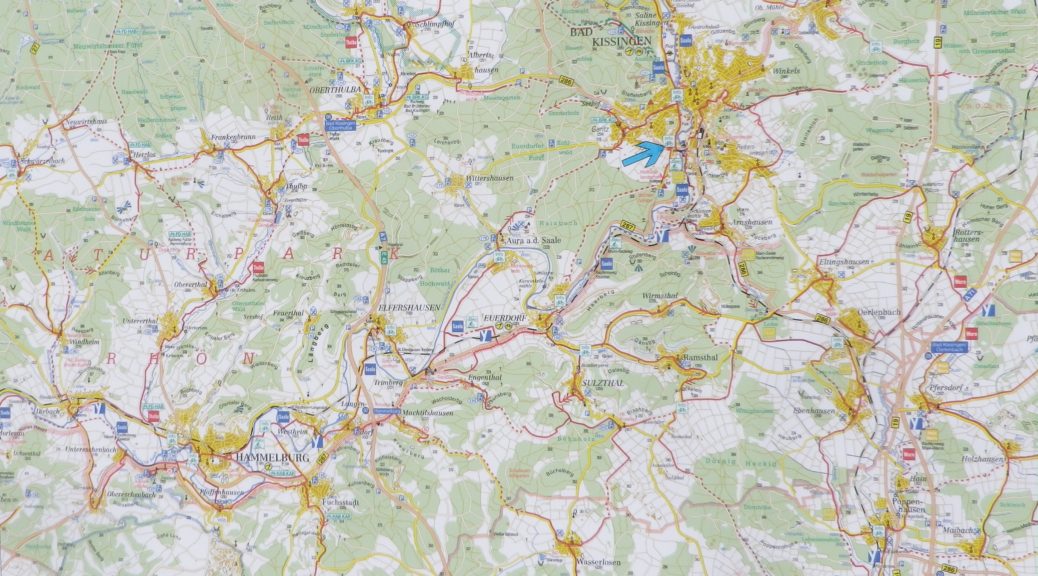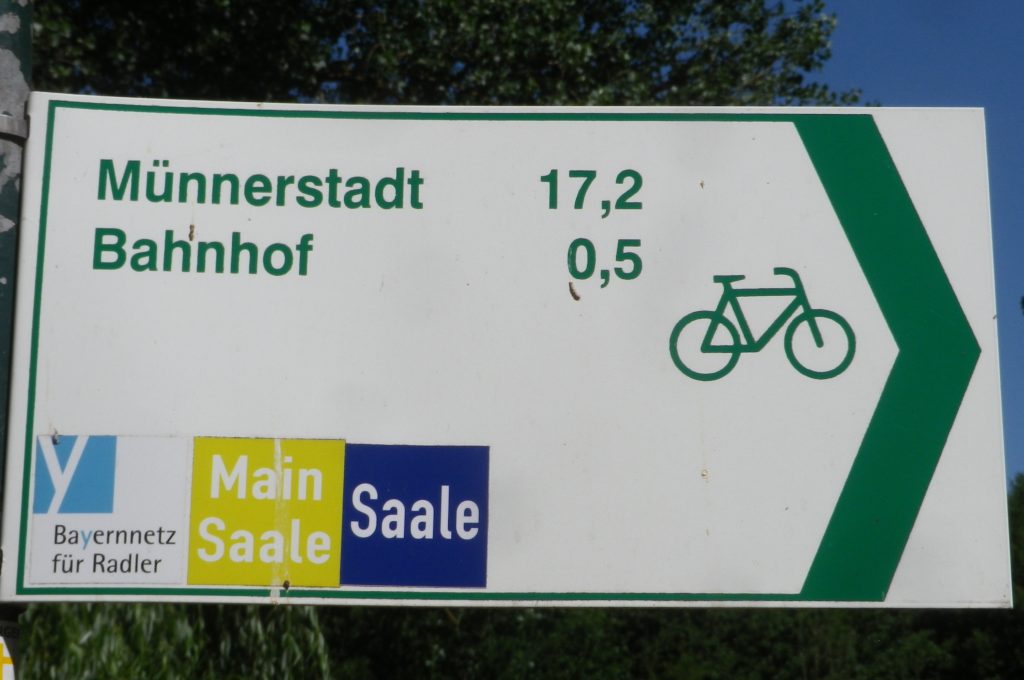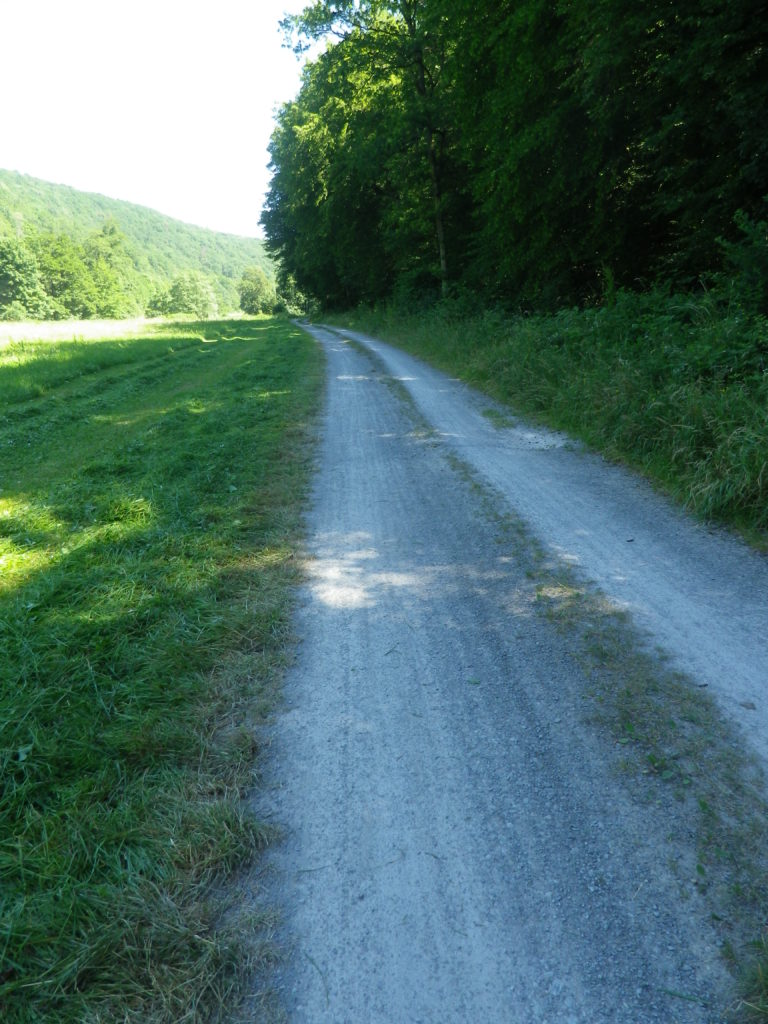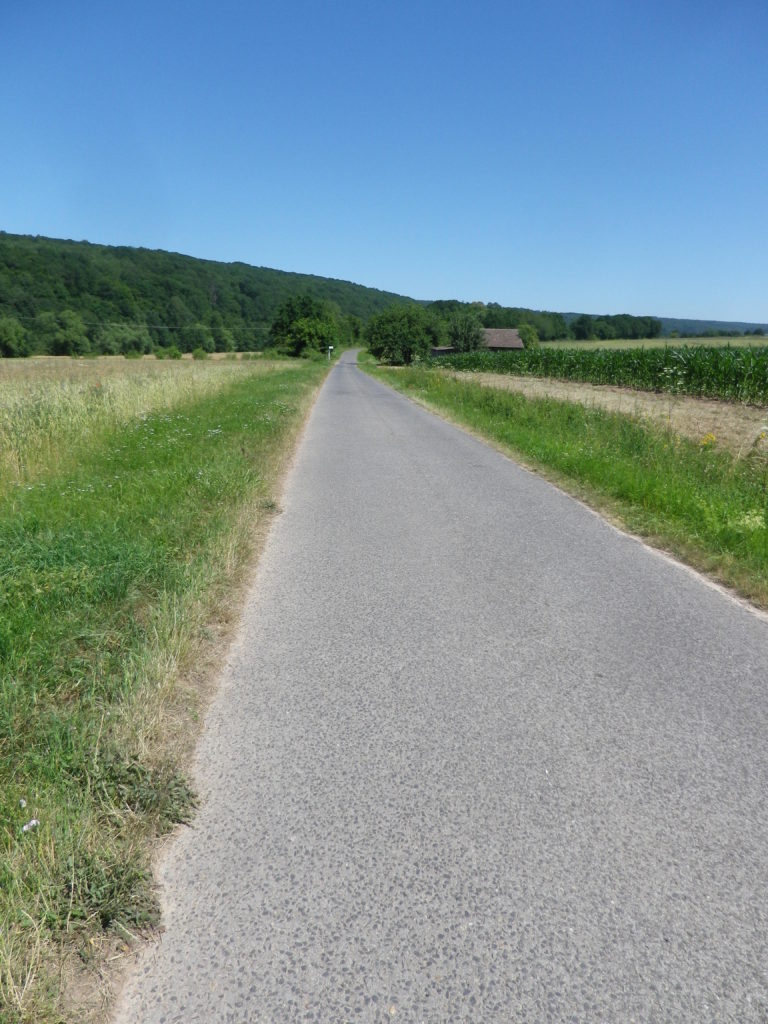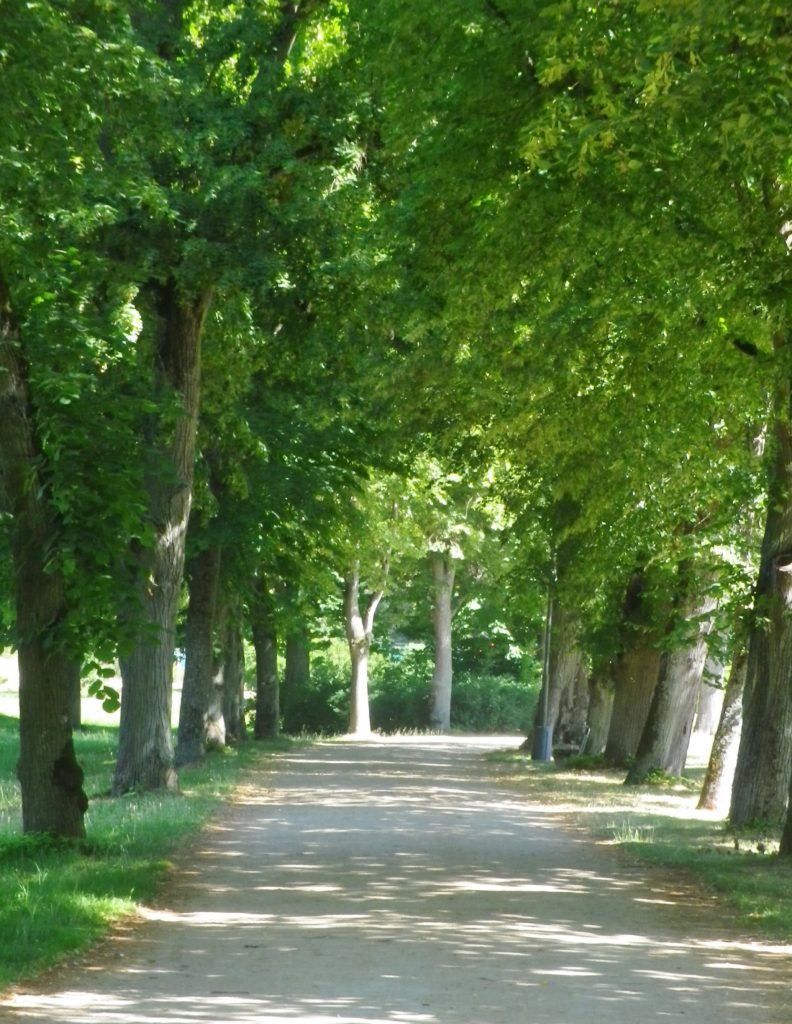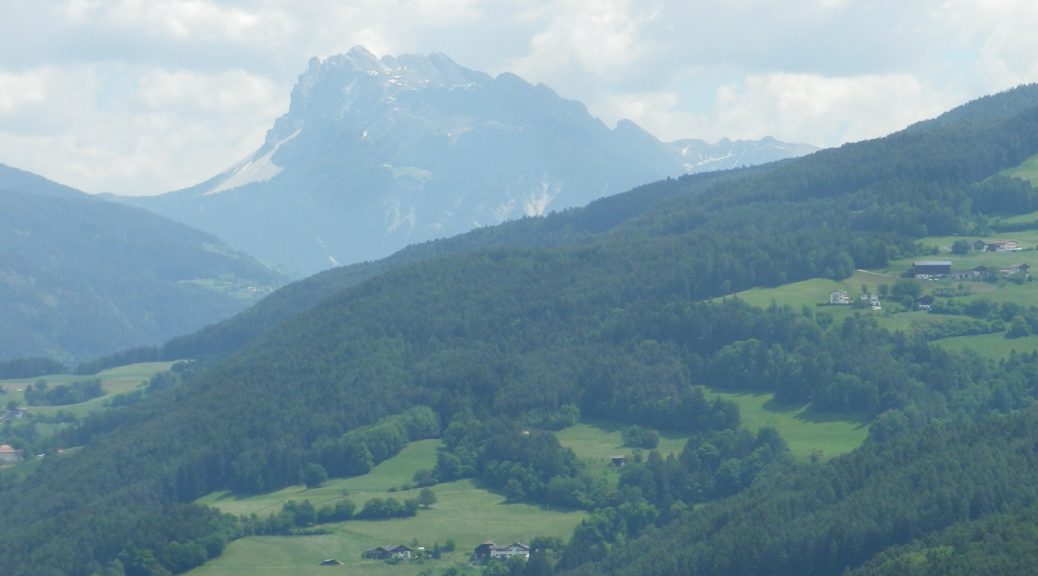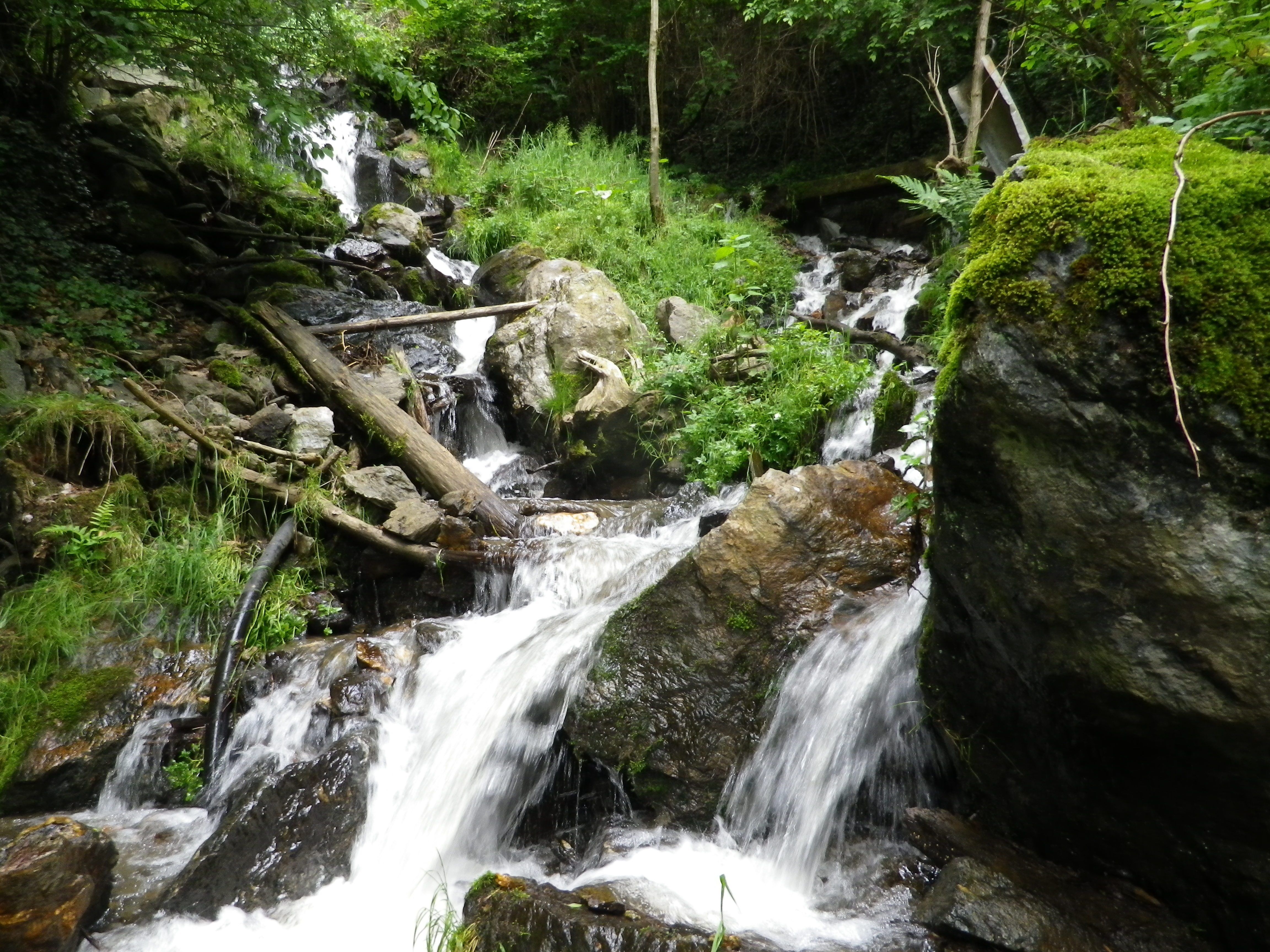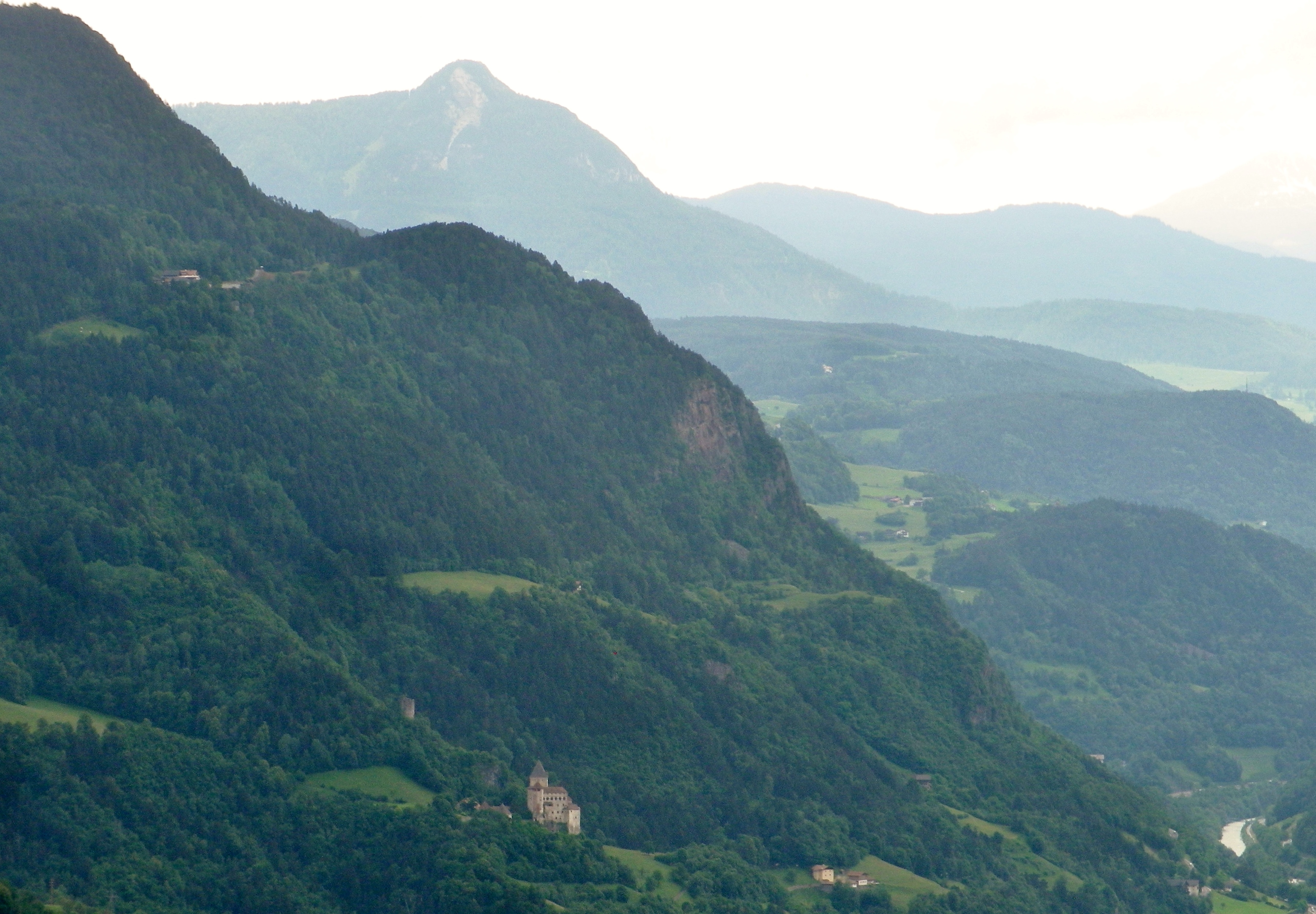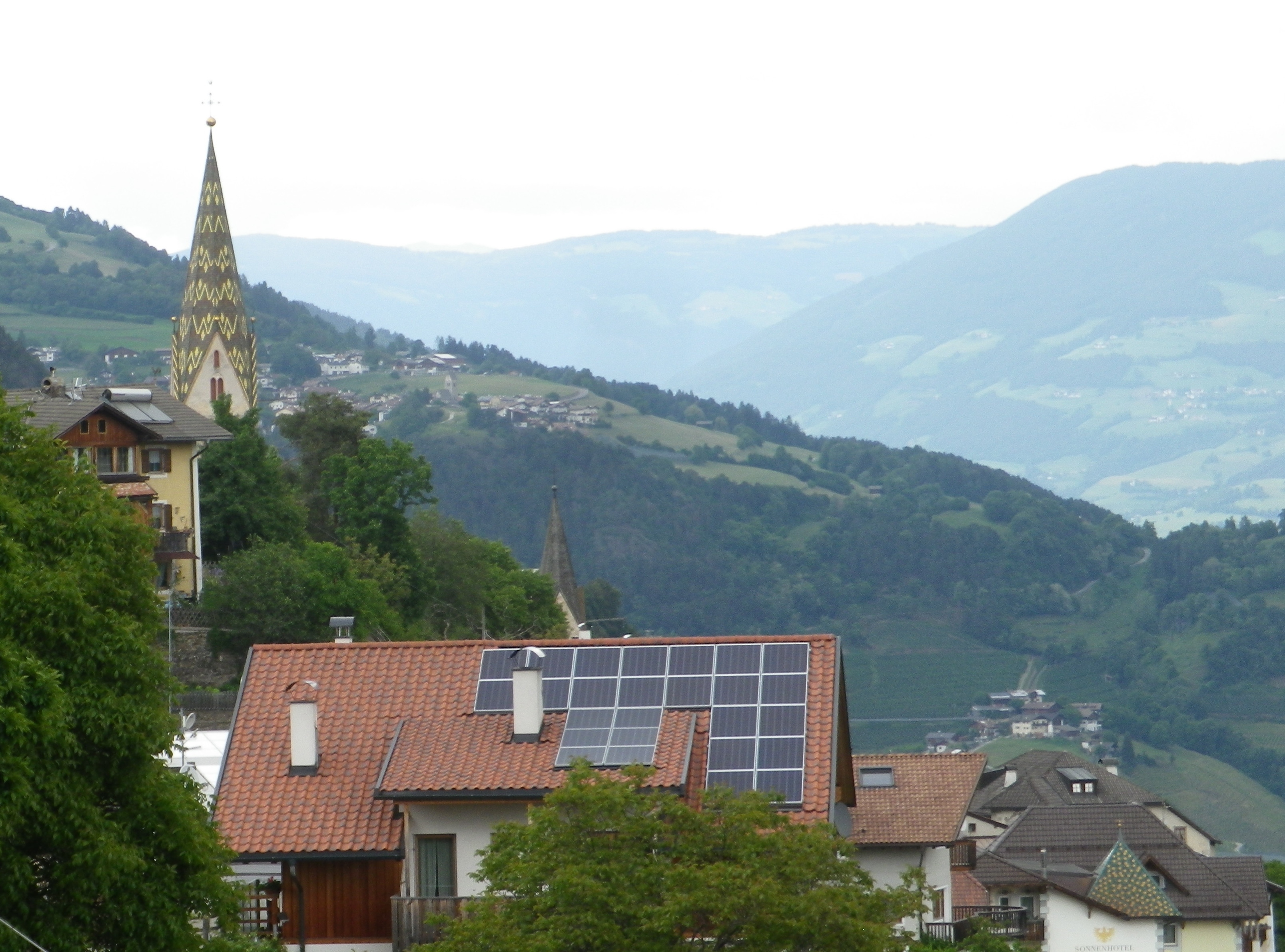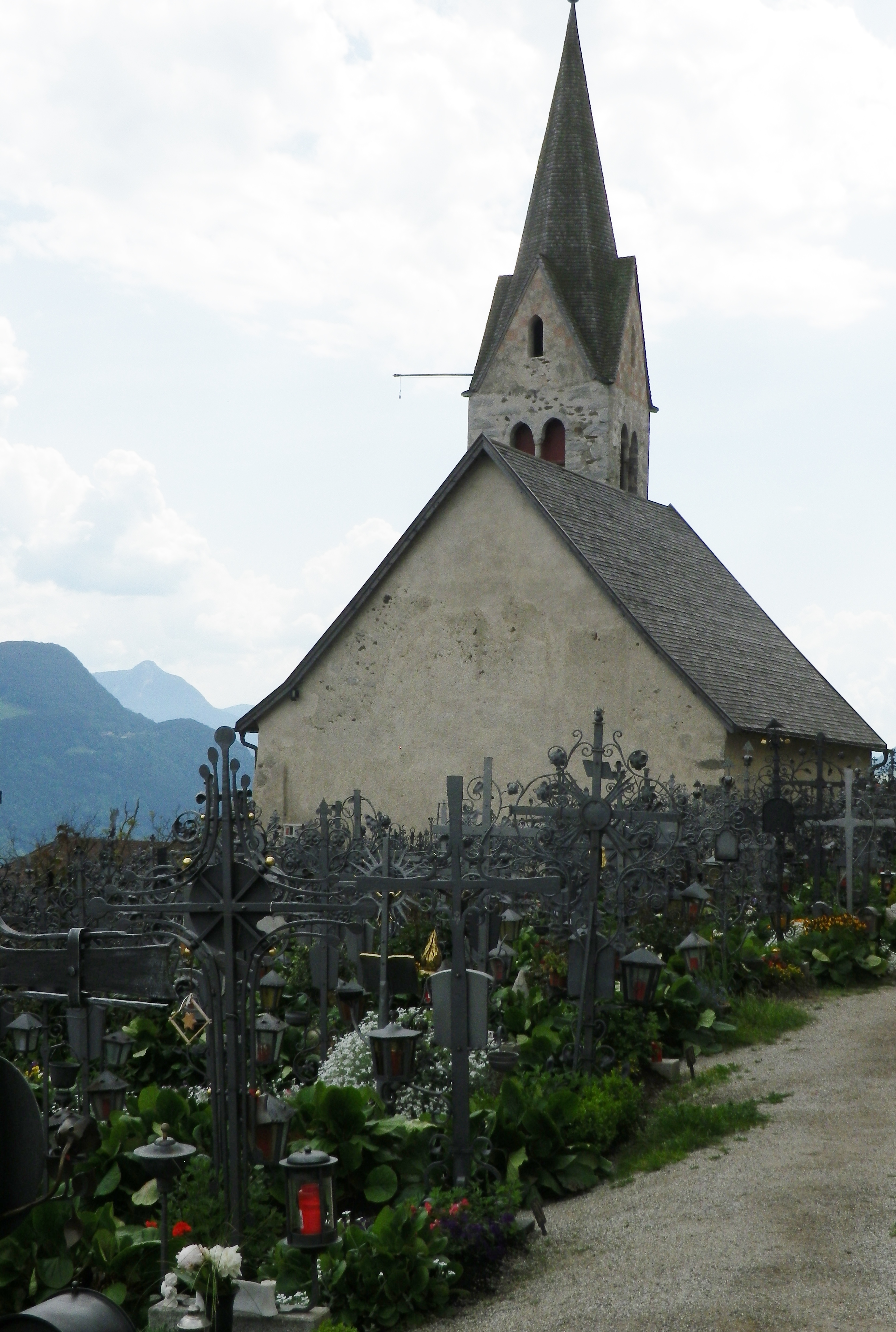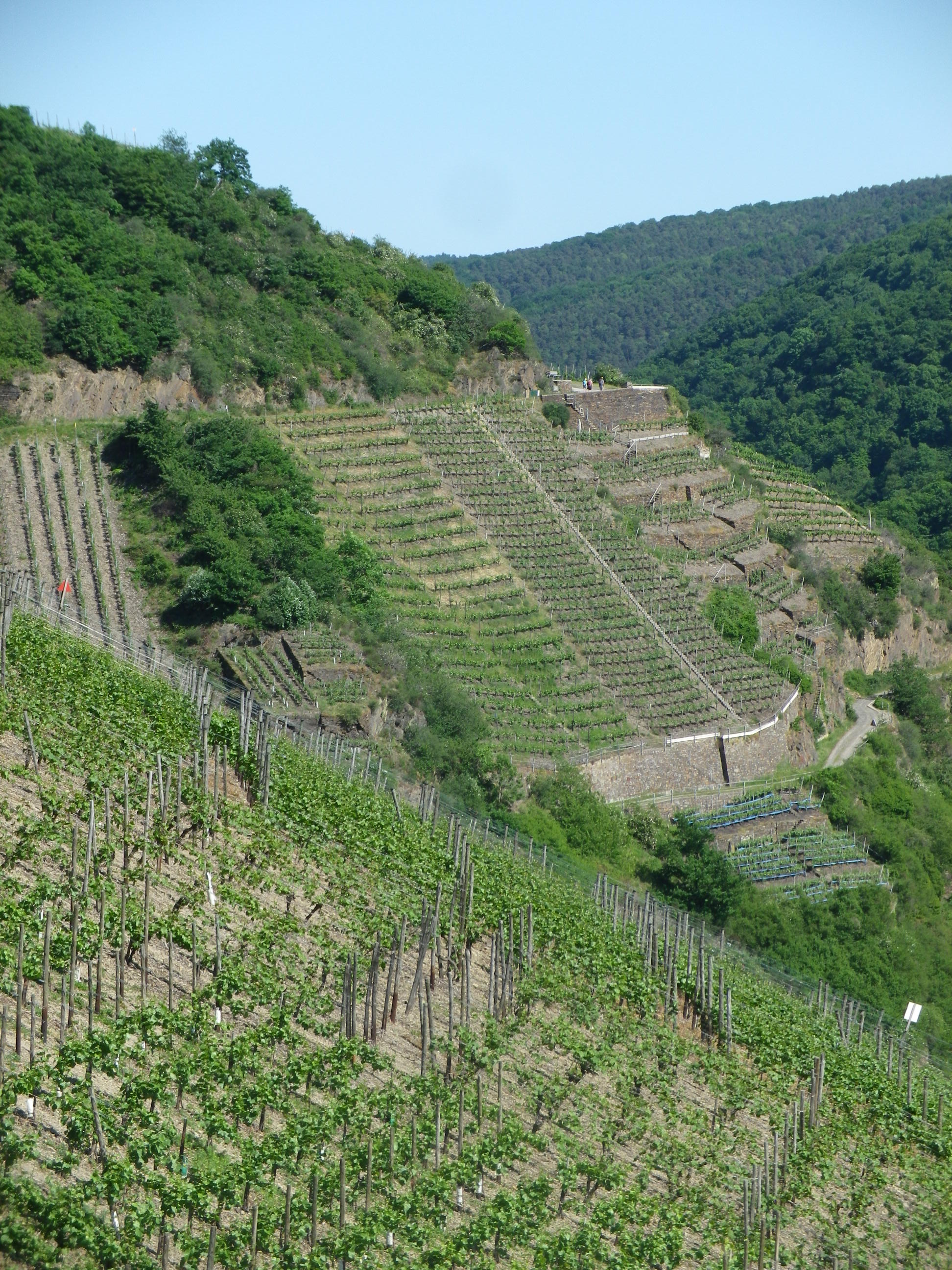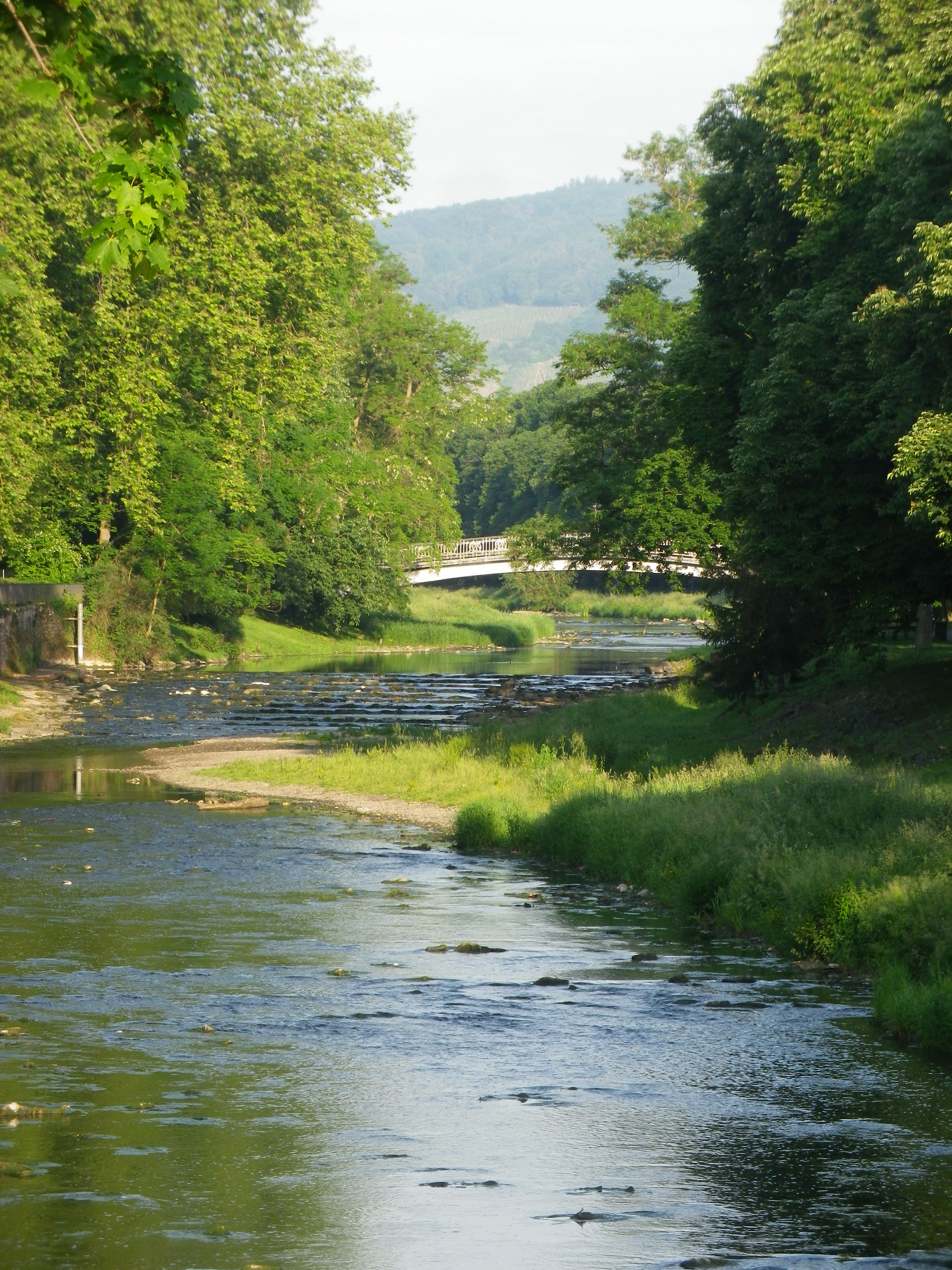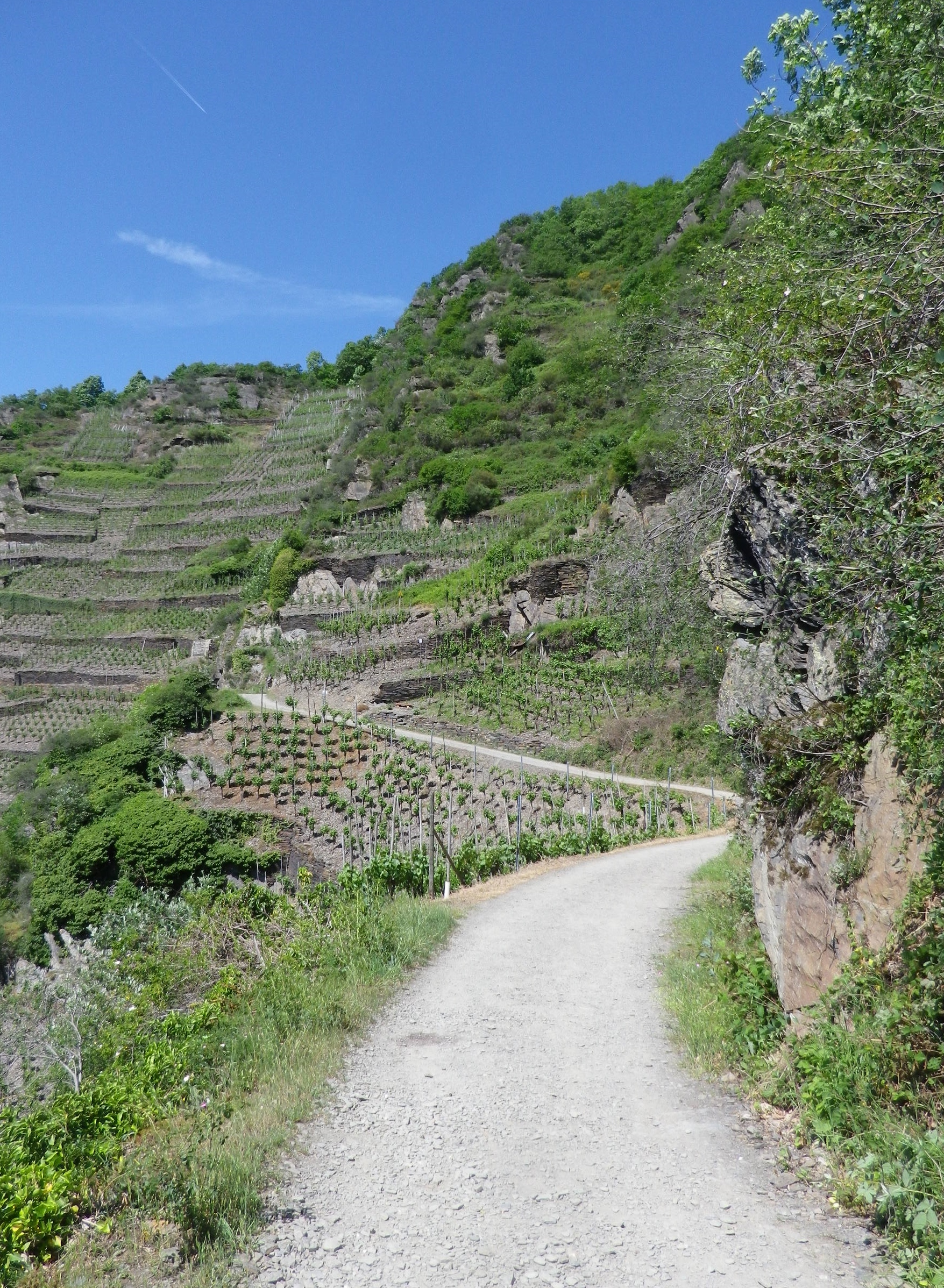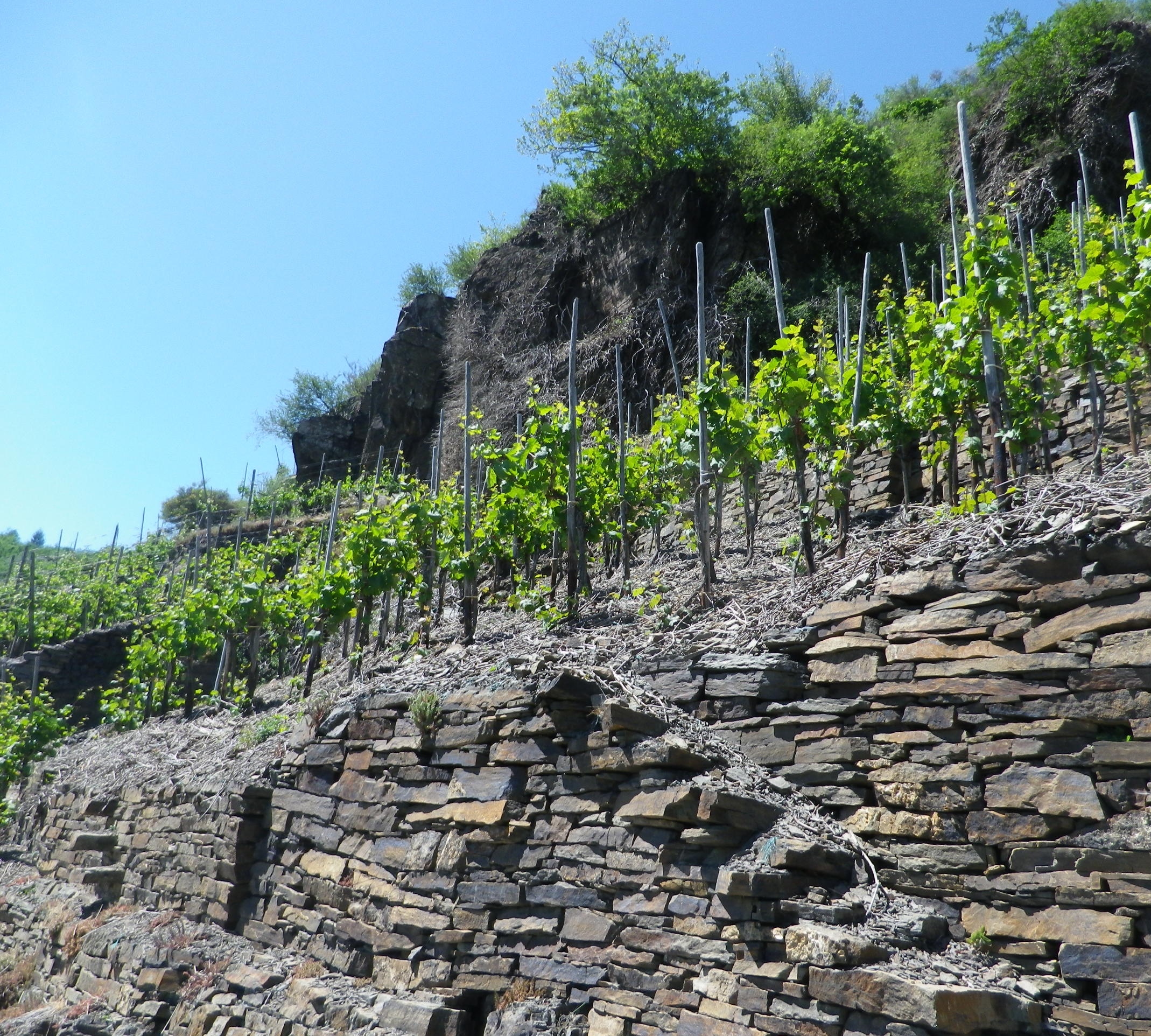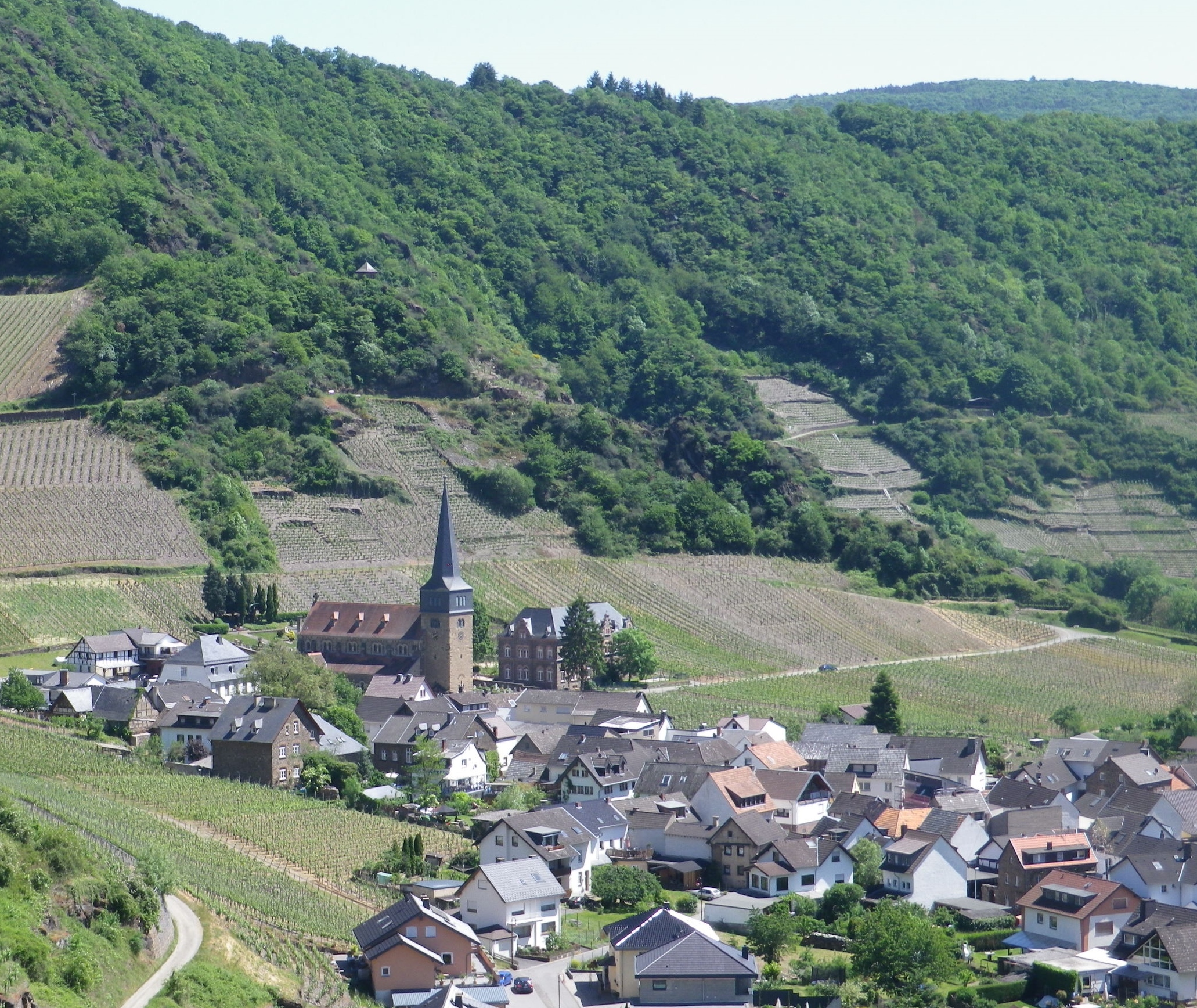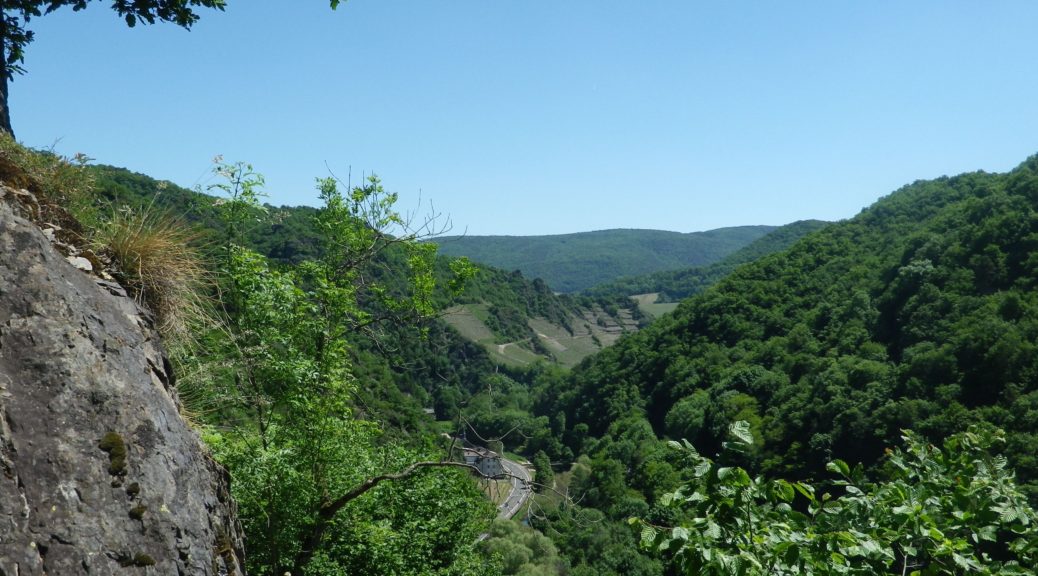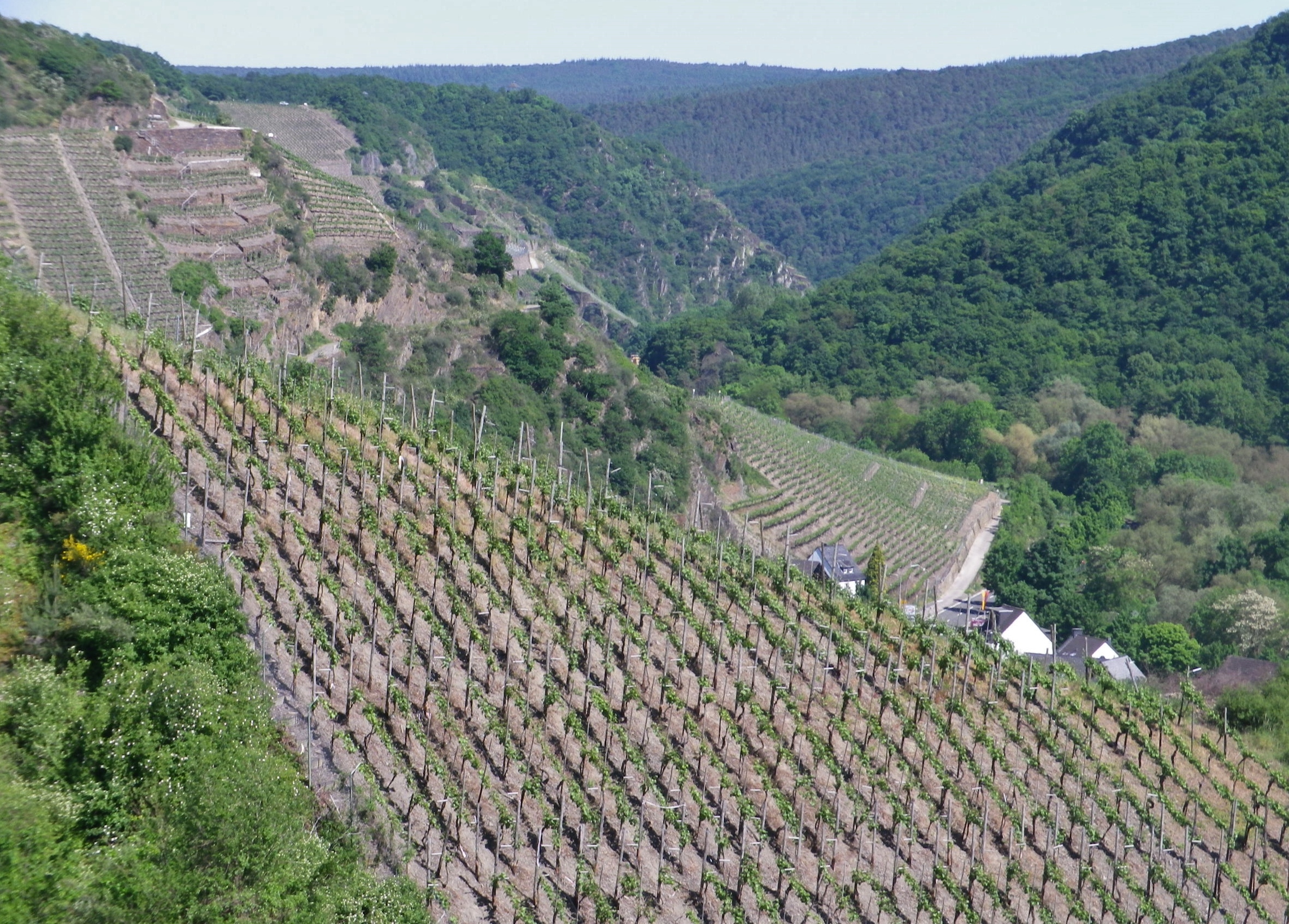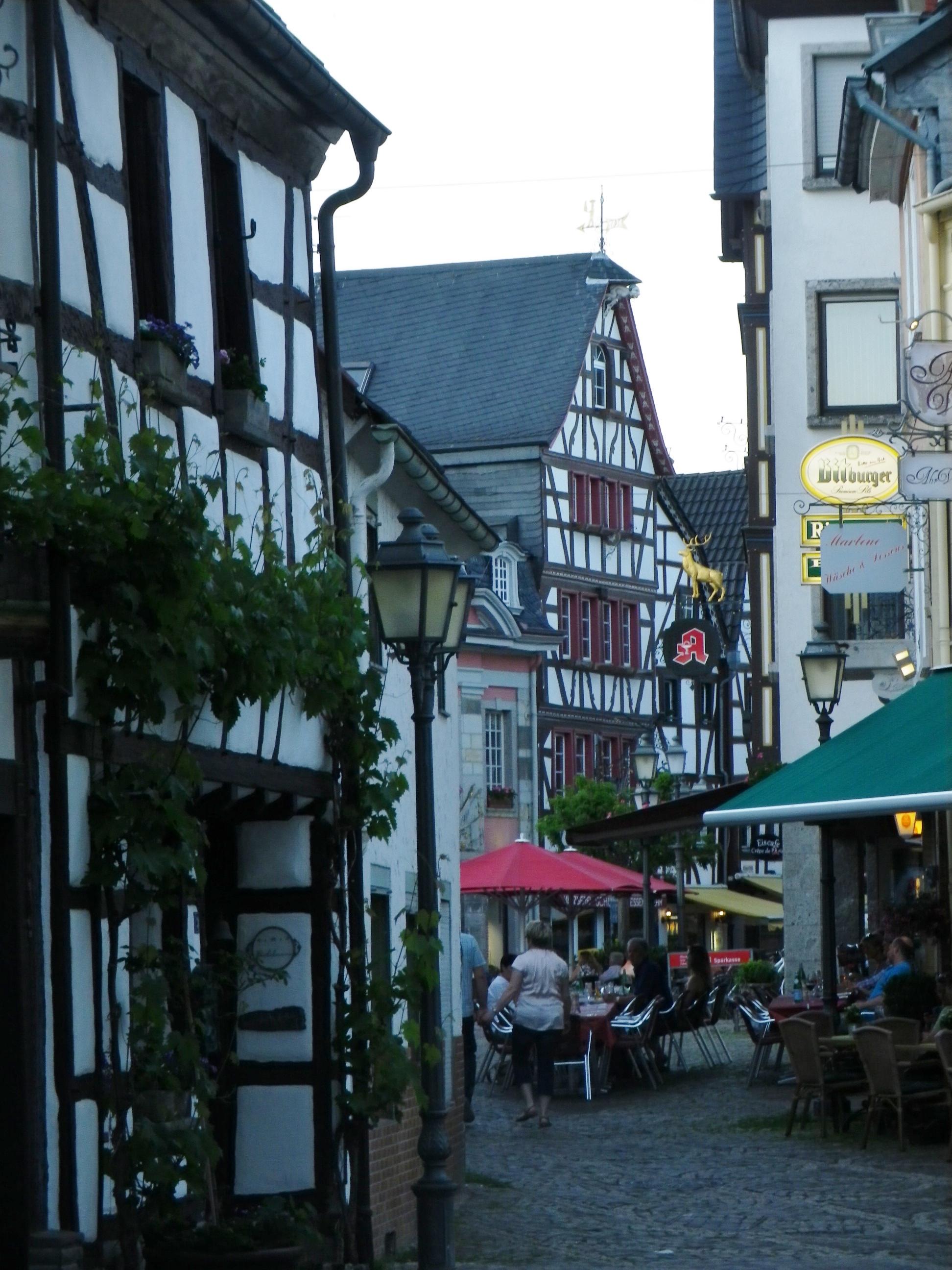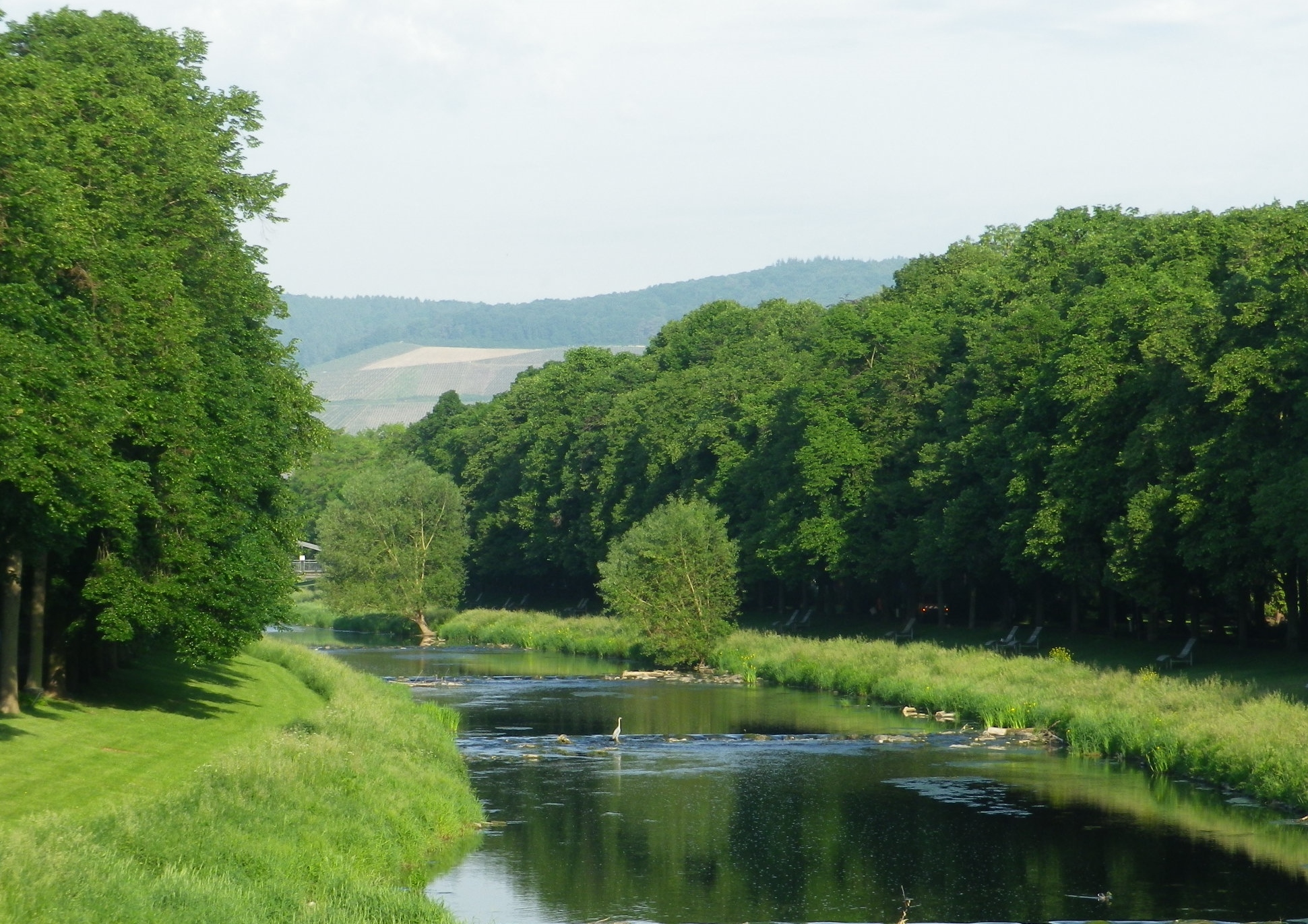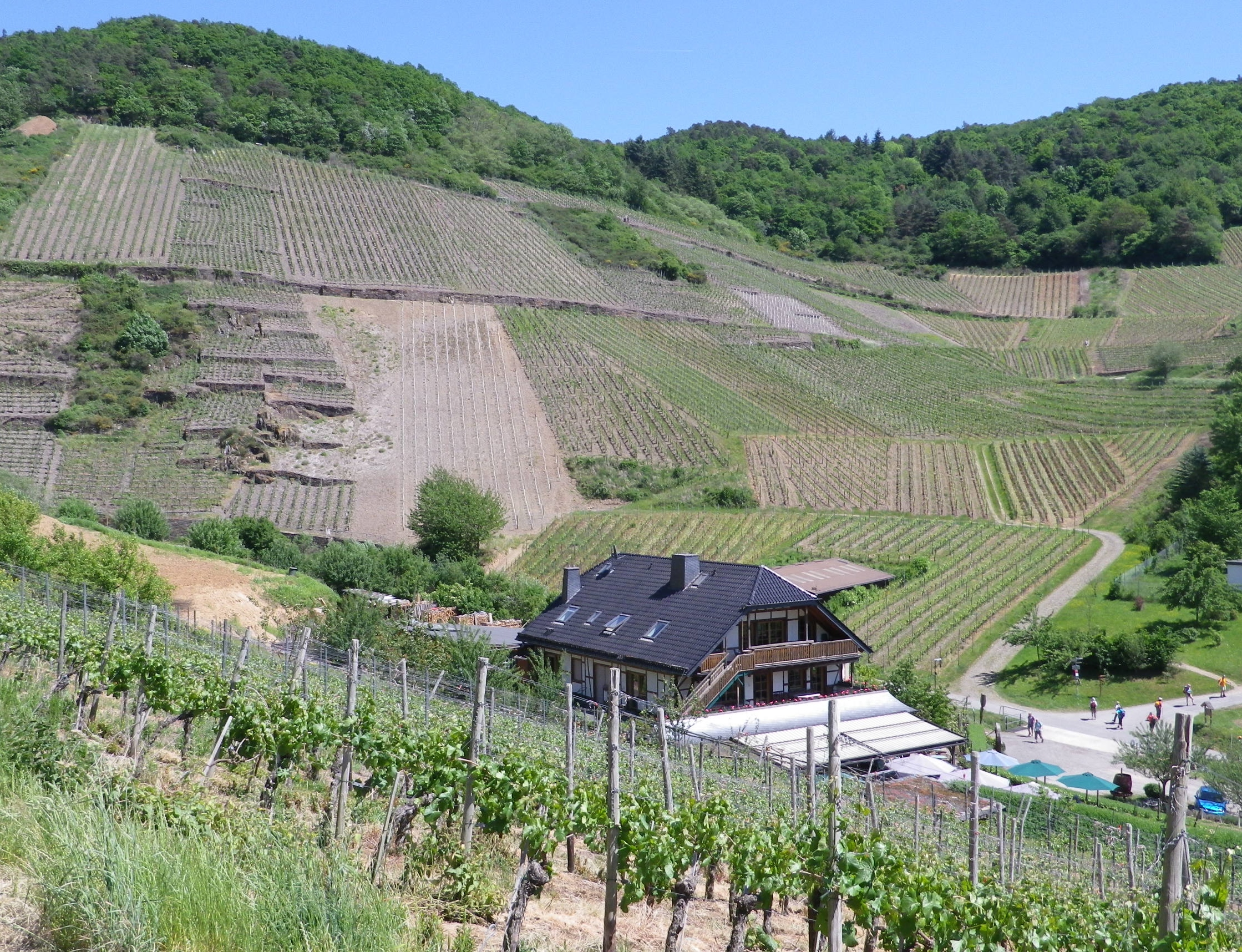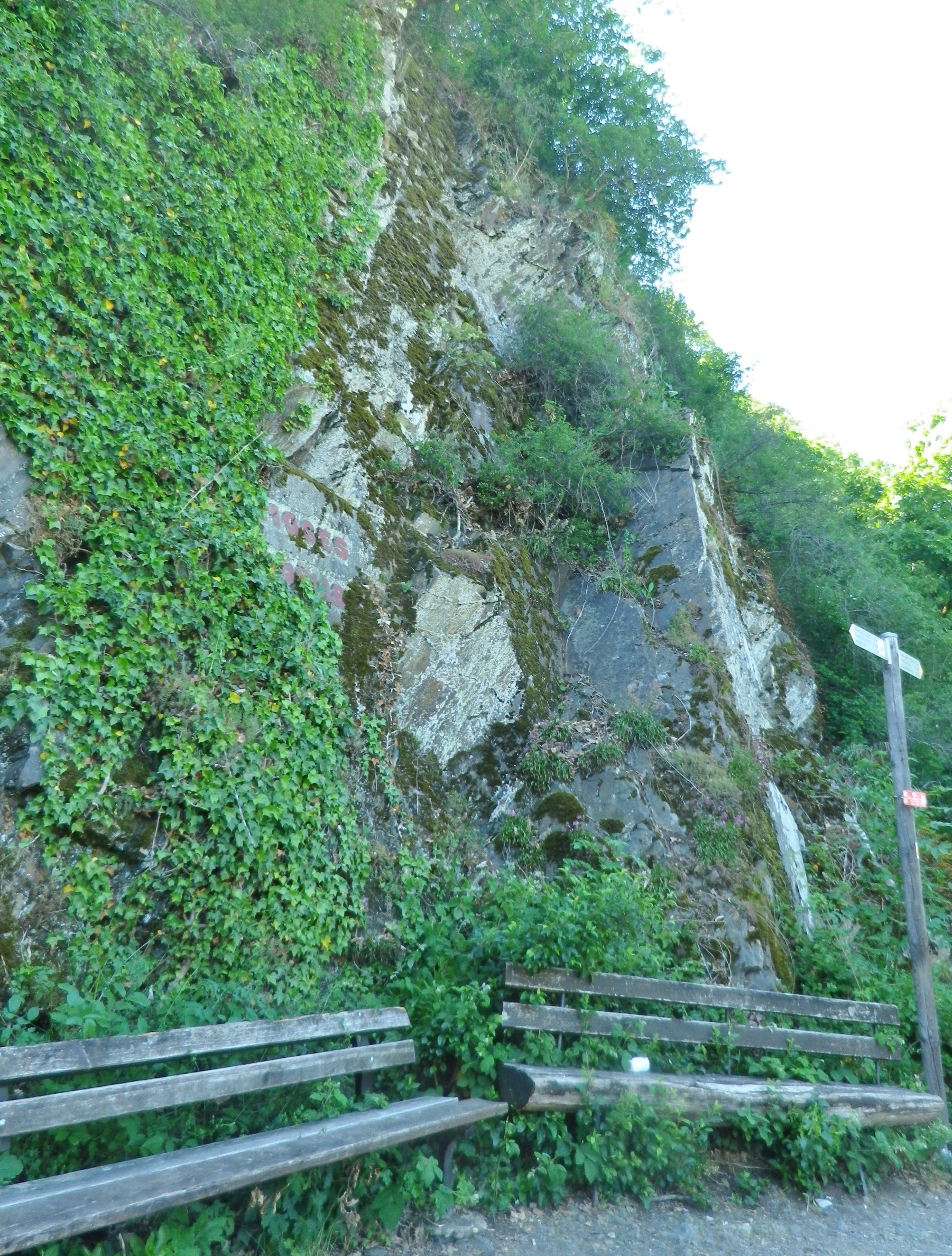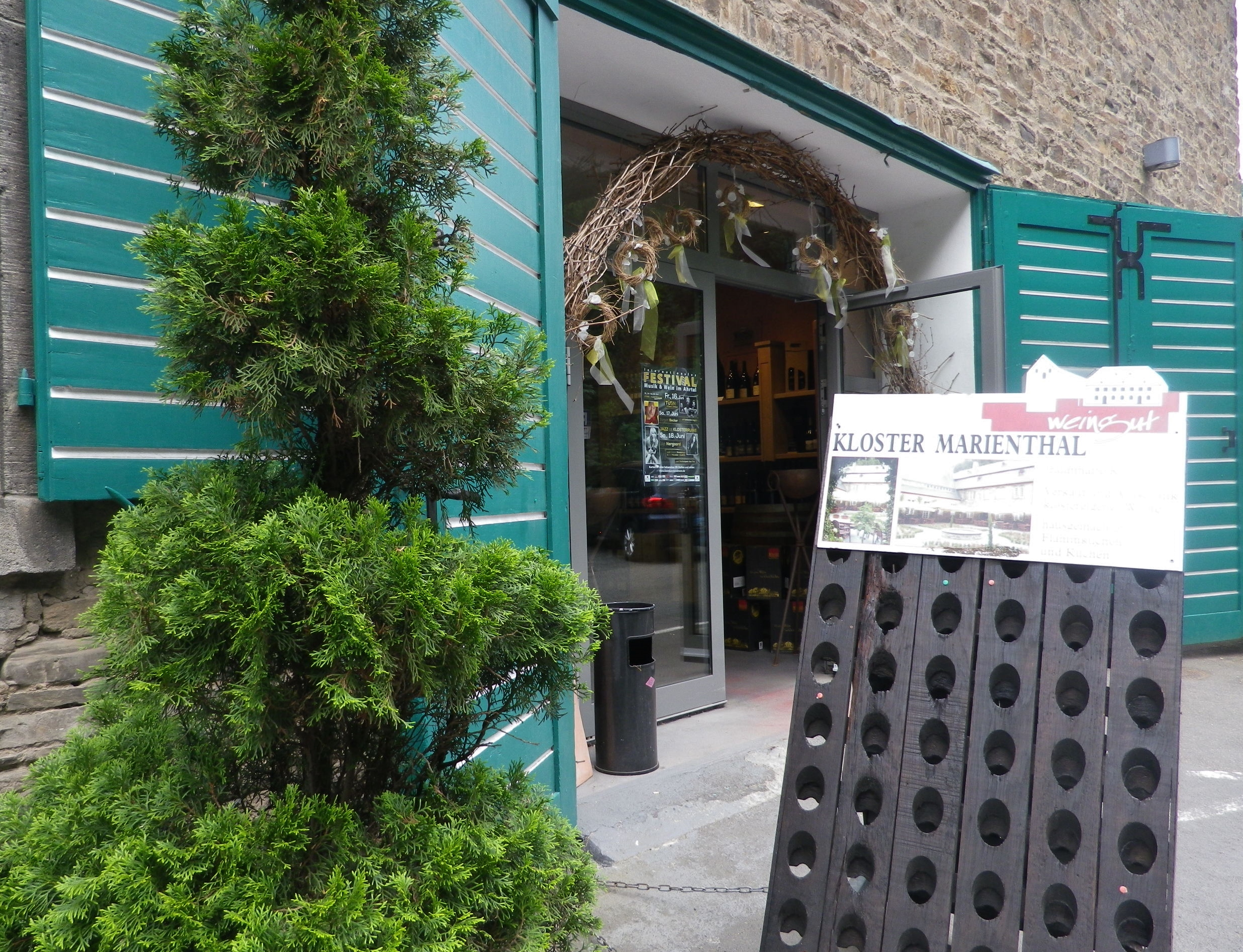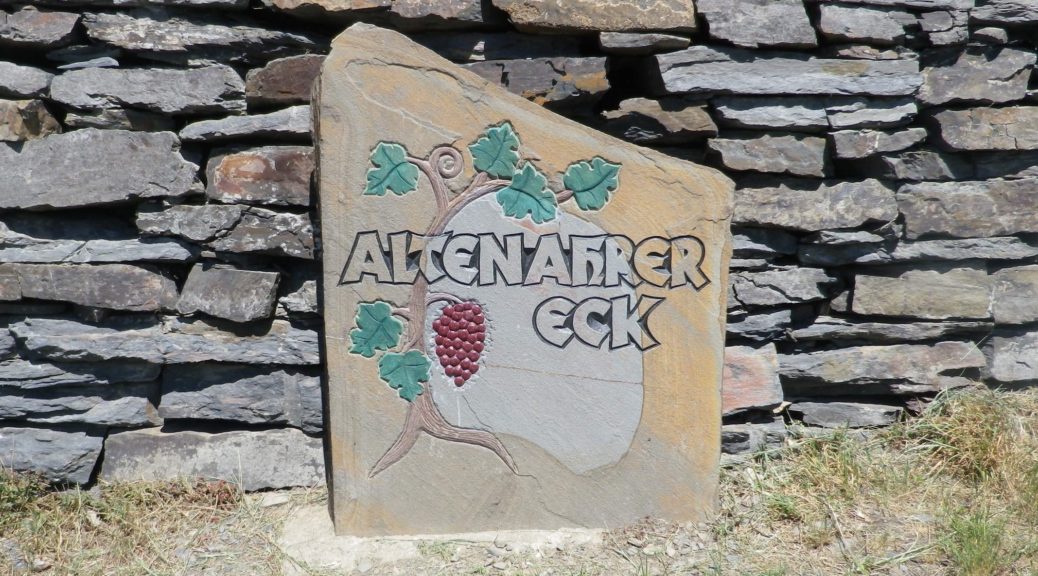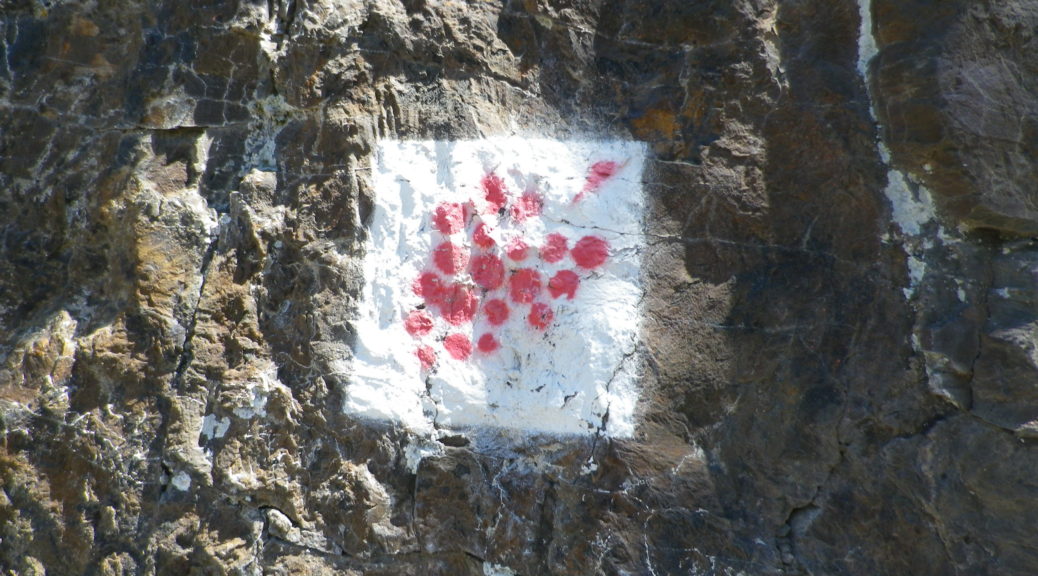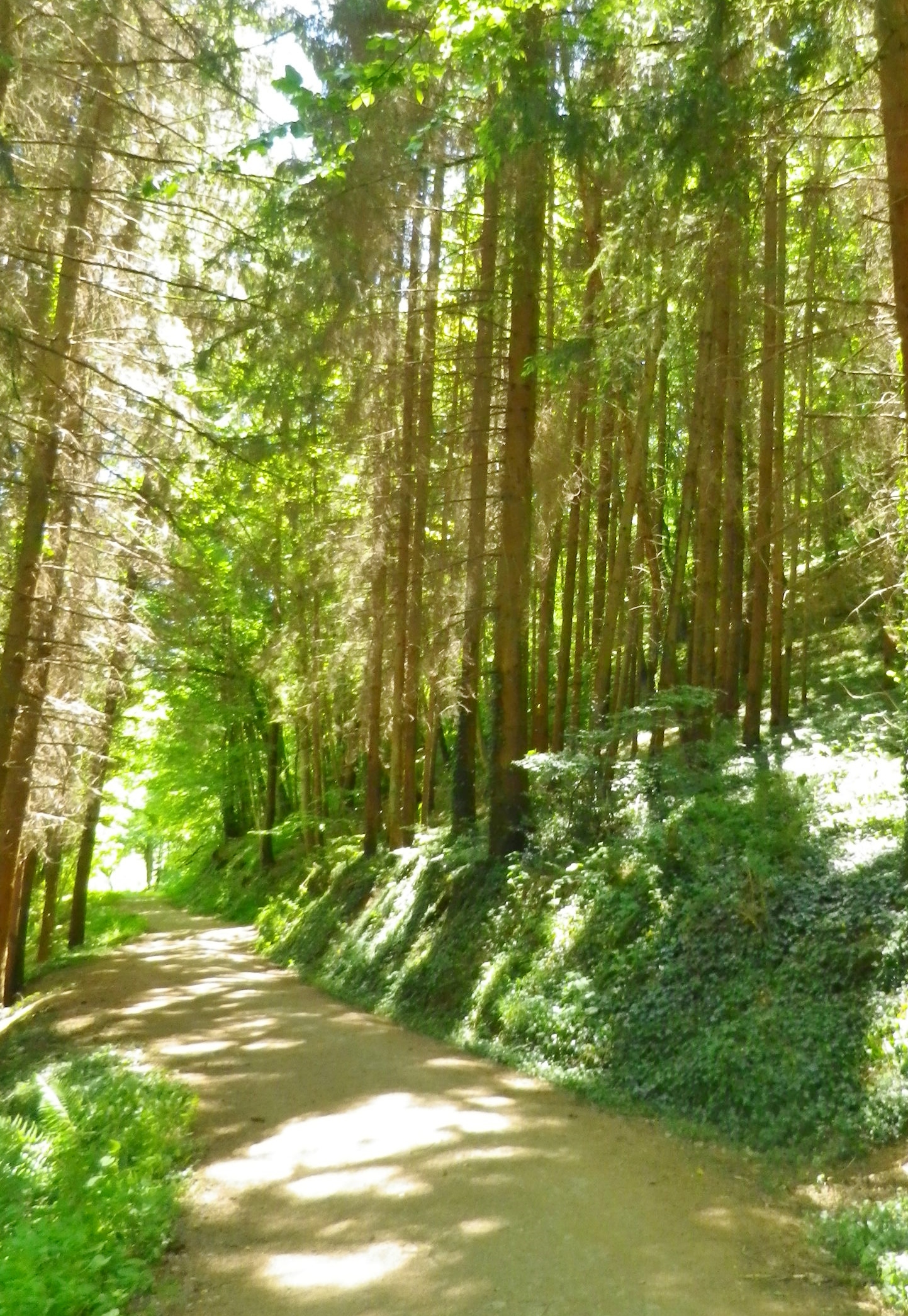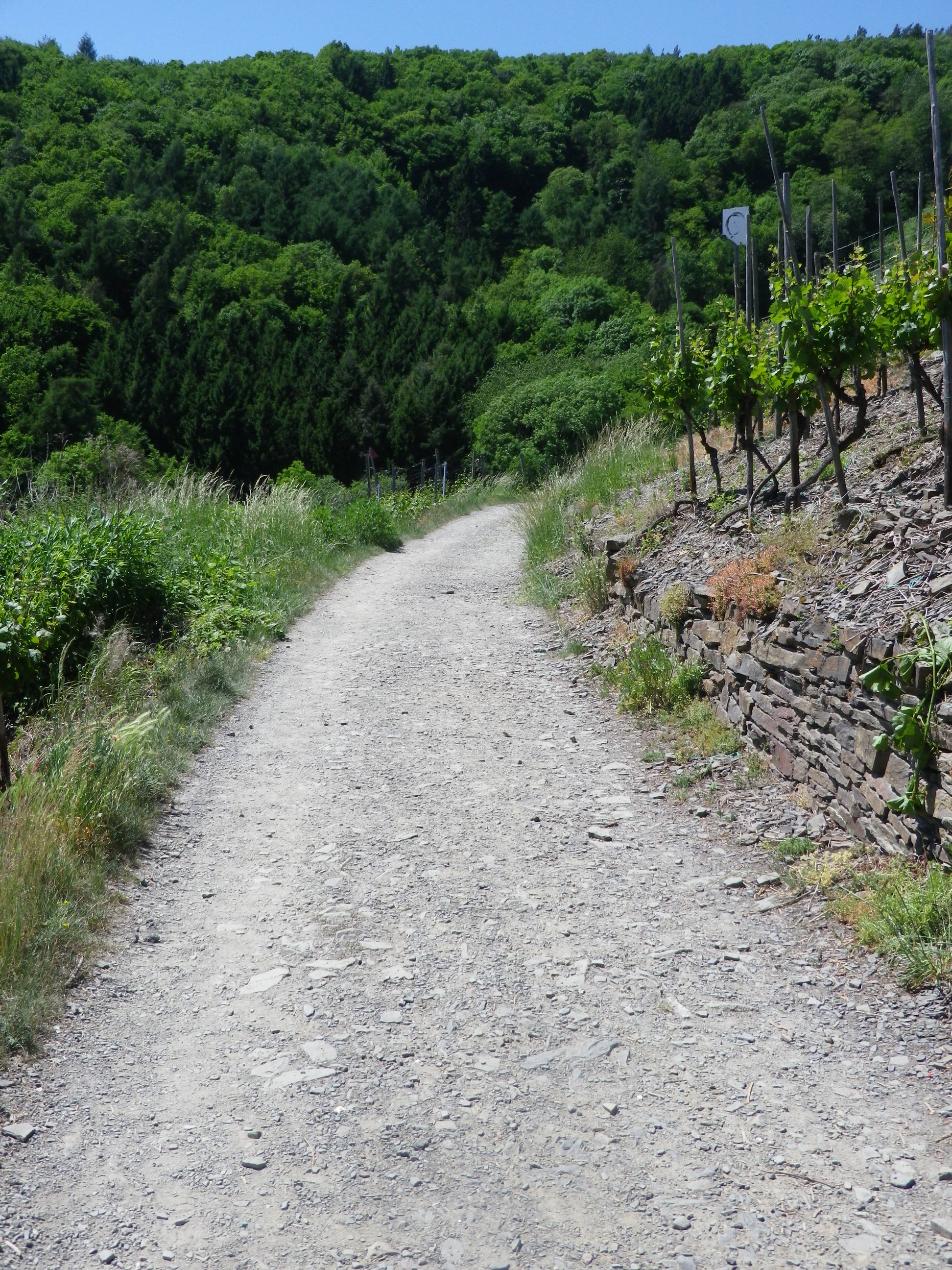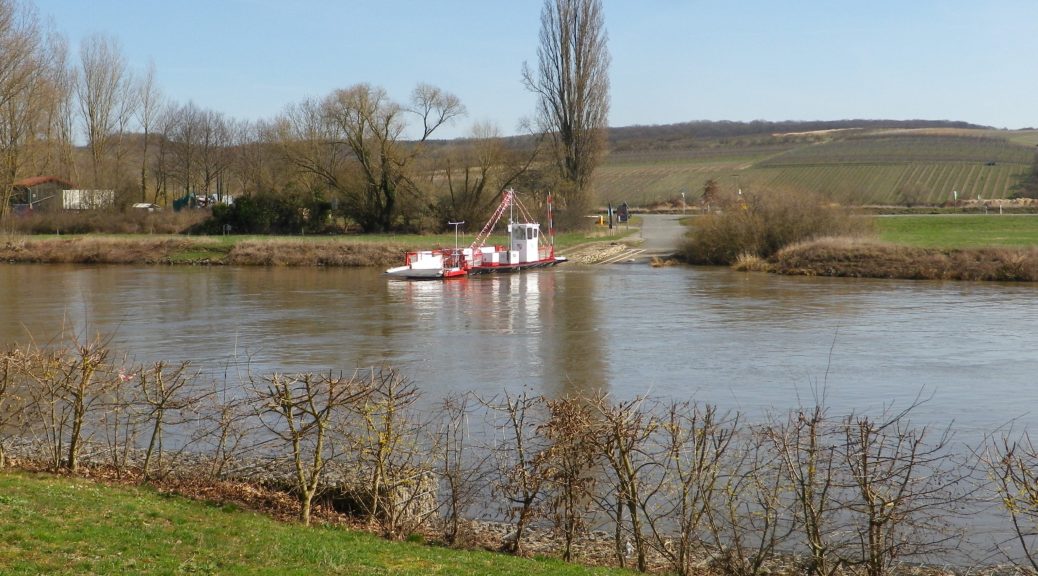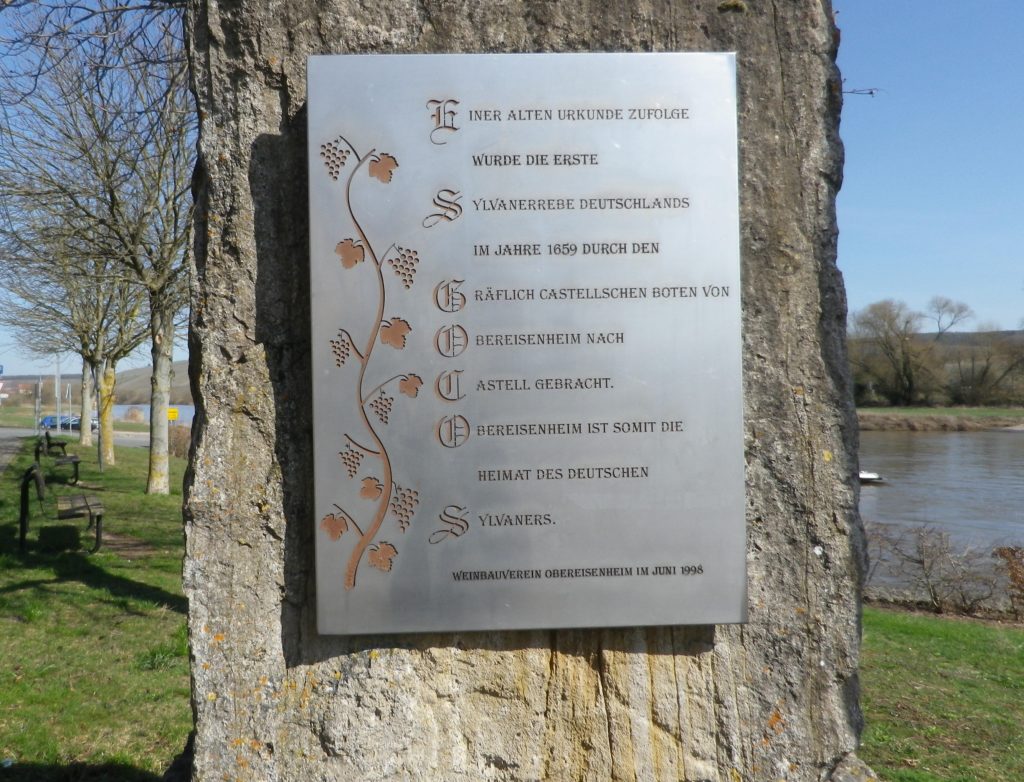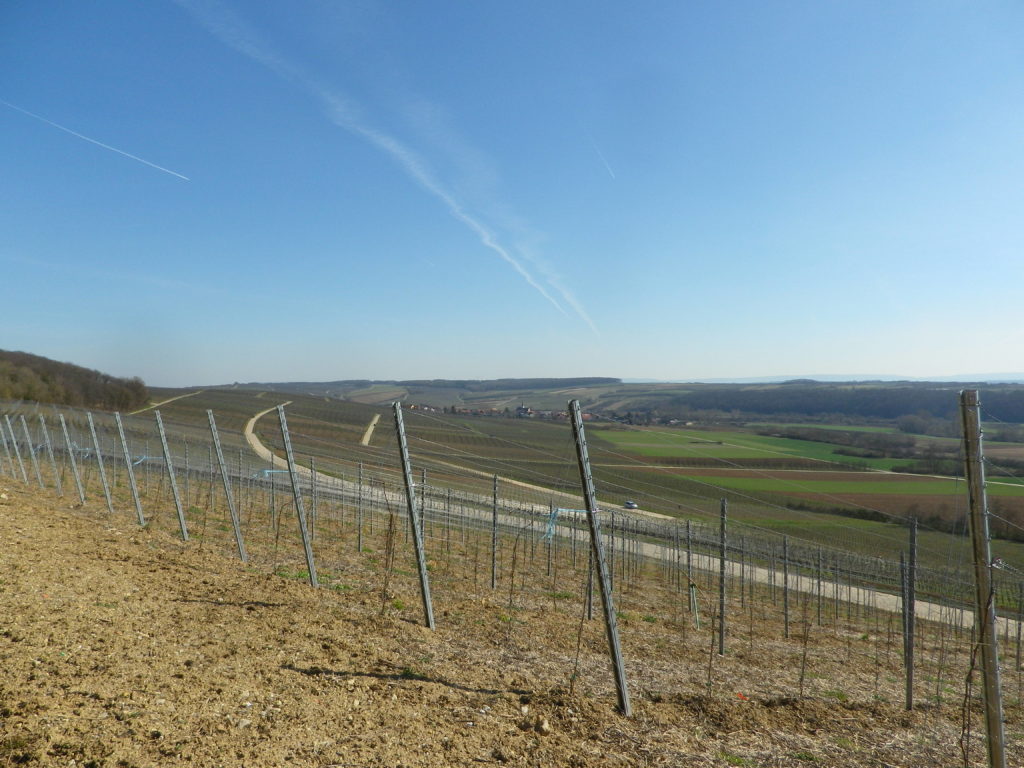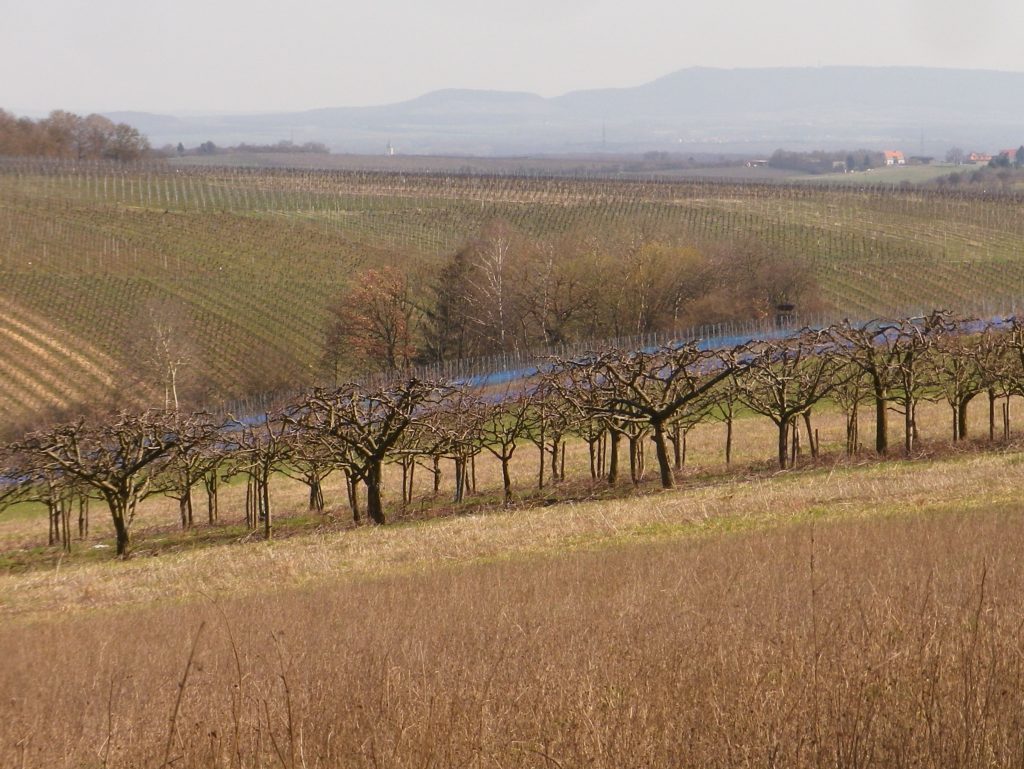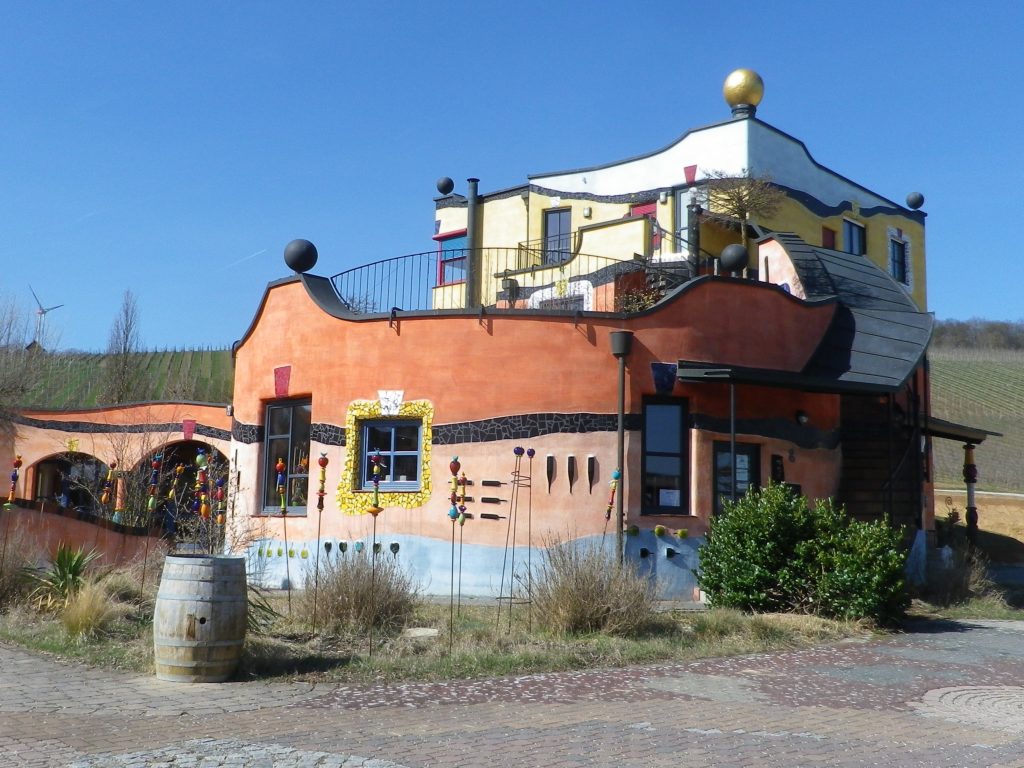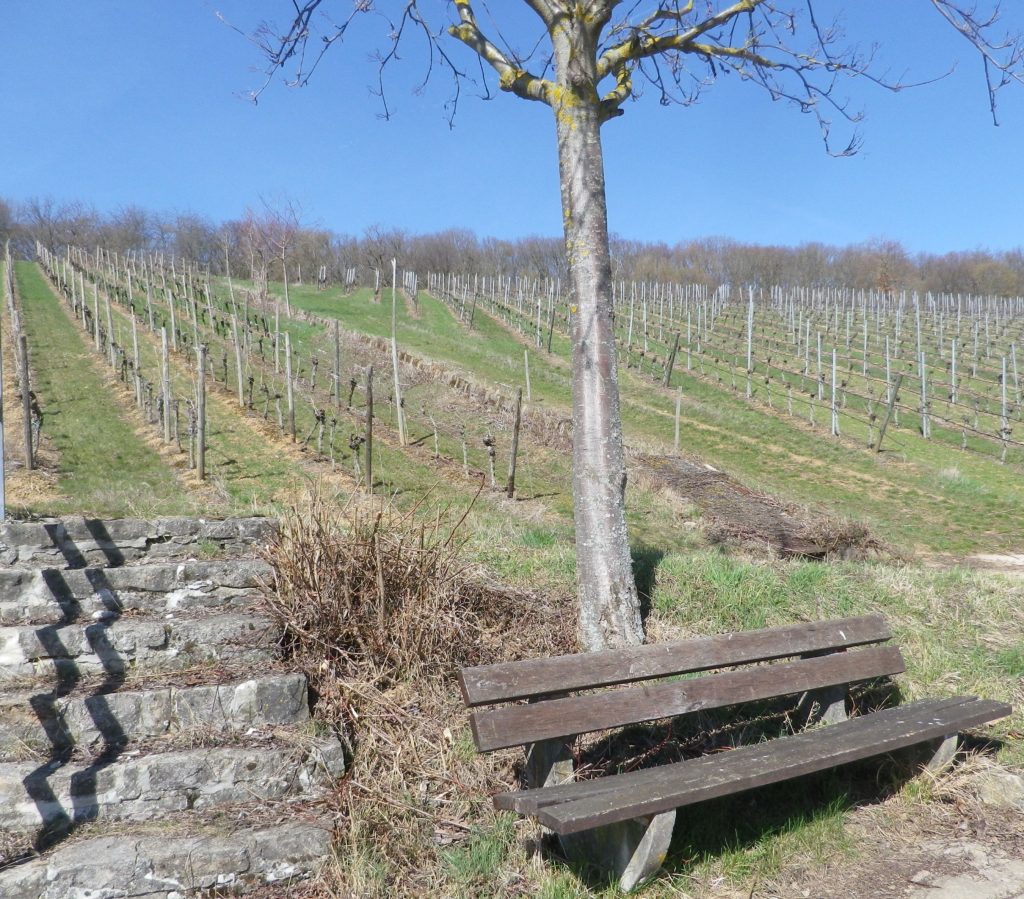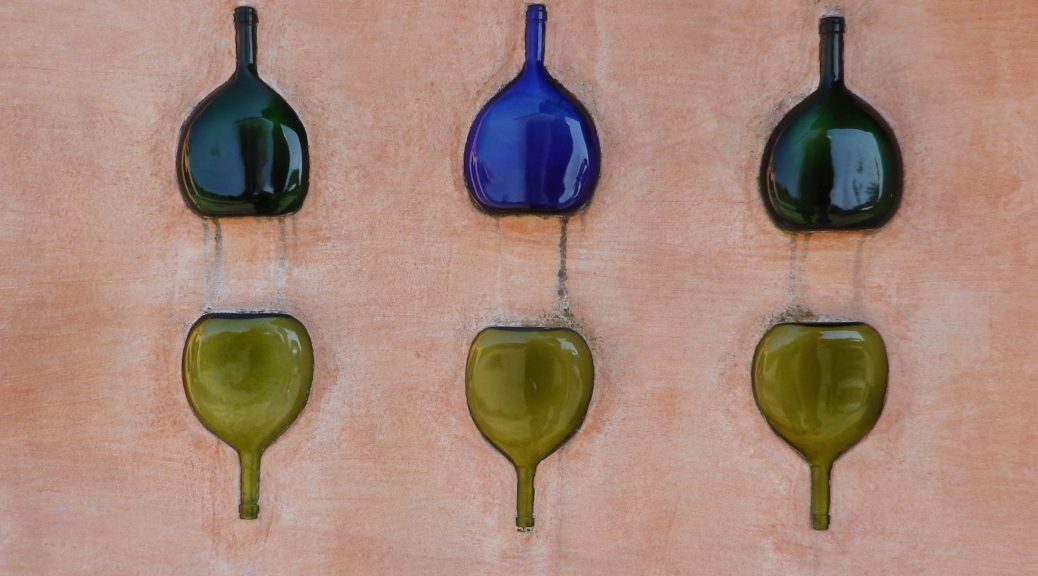Trail Name: Wein und Obst Tour (Wine and Fruit Tour)
Trail Type: Medium distance cycling circuit; much of it paved, well maintained in all but a couple of very small sections, good trail signage along most of the way.
Length: Total: 25.5 kilometers/16 miles
Convenient to: Ludwigsburg, or Heilbronn, Germany
Marking: Blue lettering “Wein und Obst Tour”
Trail Description: A well laid-out cycling itinerary up and away from the Neckar River, while mostly on dedicated bike paths (or farming access lanes) through a variety of agricultural landscapes, as well as towns and villages. While not difficult, there are some hills, and a couple of long, unshaded stretches of trail, as well as the schnapps to watch out for!
Trailhead:
Official: Walheim: Intersection of Besigheimerstrasse and Hauptstrasse
Mine: Kirchheim am Neckar: Hohensteinerstr (by the sports fields)
Parking:
Kirchheim am Neckar: Ludwig-Jahn-Str x Brunnenstr (Gemeindehalle) (Check for hours) or Ludwig-Jahn-Str x Hohensteinerstr (Sports field)
Erligheim: Schulstr (sports field)
Public Transportation Options:
Bus: Some towns are served by the Stuttgart RegioBus line, with regular service to Loechgau or Kirchheim am Neckar.
Rail: DeutscheBahn regional trains (Stuttgart to Heilbronn and vice versus) serve both Kirchheim and Walheim with several convenient options every day.
Suggested Stages: Not applicable
Trail Itinerary-Reference Points:
Walheim: Haupstr-Heilbronnerstr, path along west side, then a specific crossing point to east side of tracks; follow along the river; Kirchheim am Neckar: Am Neckar, underpass, Hauptstr-Rathausstr, Bachmuehlweg-Talstr-path through fields; Hohenstein: Feldbrueckenstr-Kirchwiesenstr-Muehlstr-Mittlerestr, path to Hoffen: Neubergstr-Gutenbergstr, Sonnenhalde; Erligheim: Schulstr-Friedhofstr-Hauptstr-Talstr, Kuhaeckerstr, path (past Ferienwohnung am Weinberg, Habertsaustr (path), through woods; Freudental: Wolfsbergweg, Seestr, Kirchstr, Bietigheimerstr, path to Loechgau: Friedhofstr-Mauerstr-Grabenstr, Nonnengasse-Hauptstr, past the church, Neuestr-Kelterstr; fields and orchard paths past Baumbachhof, path along Baumbach creek; Walheim: Im der Eichhalde-Weinstr, Im Haiglen-Karlstr, rail underpass
Representative Trail Photos:
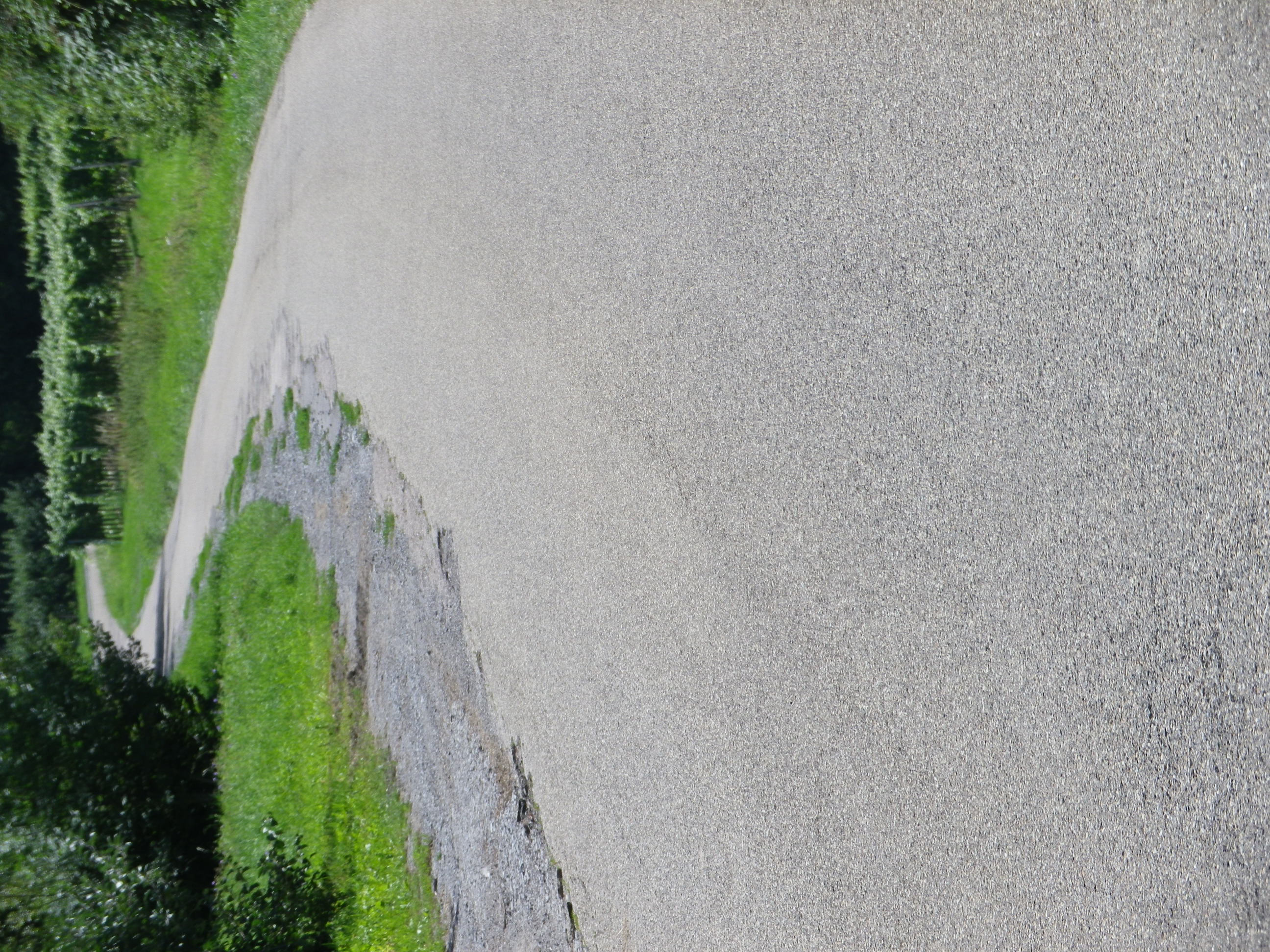
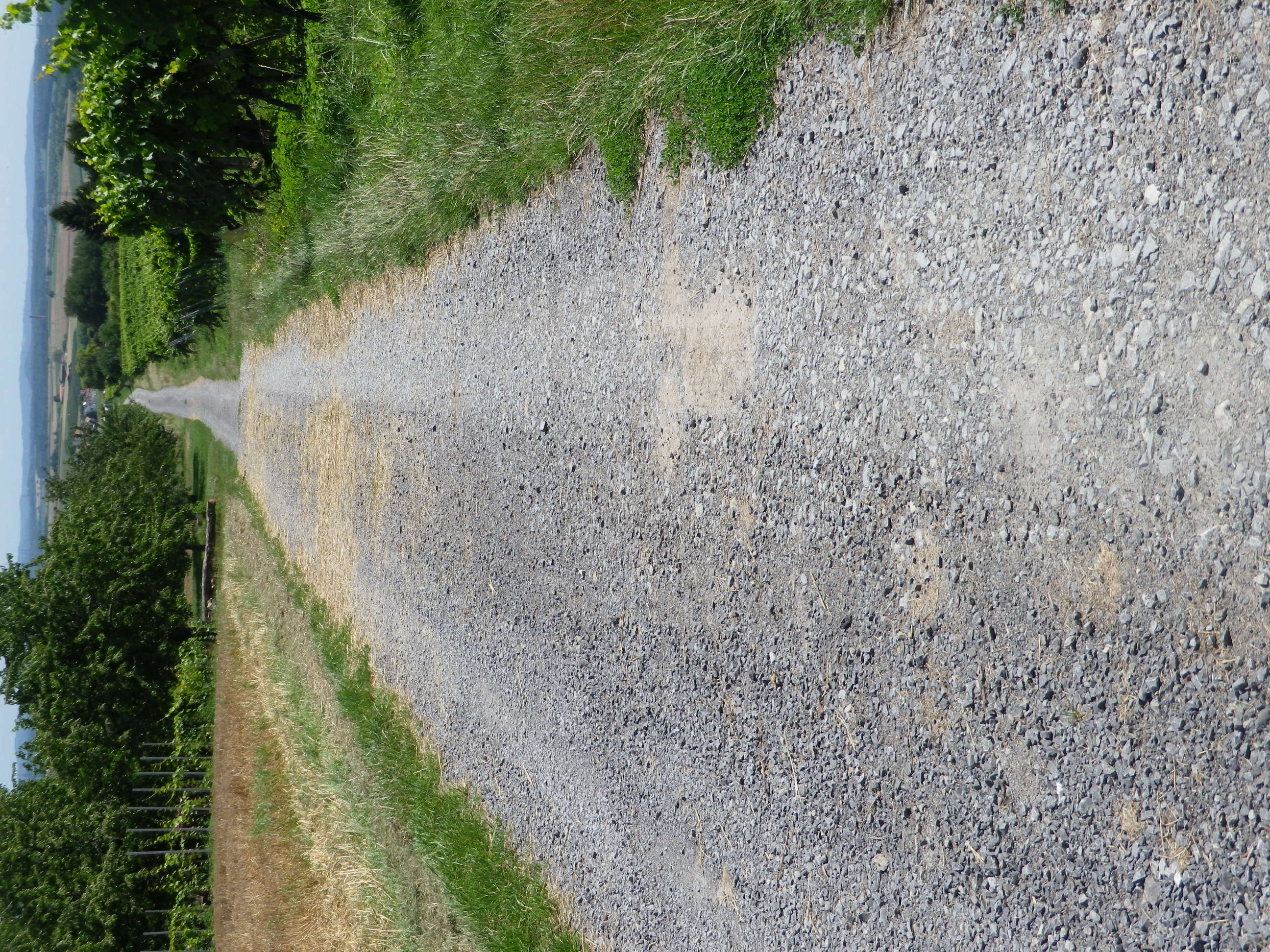
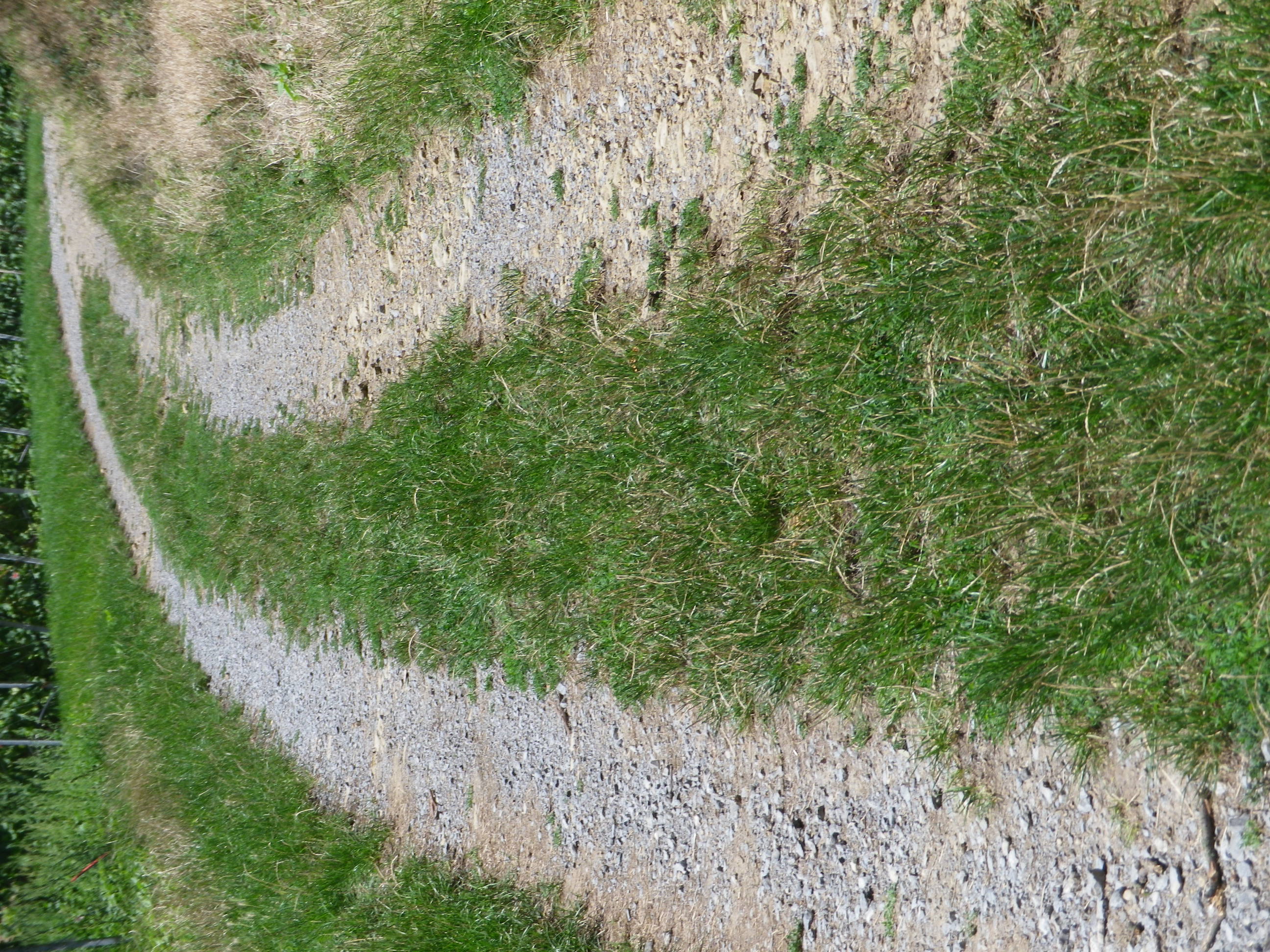
Restrooms:
None observed!
Attractions on or near Trail:
Museum in der Stiftsscheuer, in nearby Mundelsheim, provides information about local viticulture, as well as other topics.
Several viewing areas are set up throughout the region to provide great scenic panoramas over the vines, and distant countryside, the closest to the trail being the Schoenste Weinsicht Besigheim, in Walheim.
While not wine related, the Schnaps Museum in Boennigheim, displays information about the alcoholic fruit beverage of schnapps.
Tasting along the Trail:
The WG Strombg Zabergau regional winery has an outlet in Boennigheim, and is a good place to obtain bottles of some of the regionally renowned named vineyard parcels such as Kirch-, Sonnen-, Lerchen- berg. While Erligheim has several individual family wineries such as Weinbau Reichert; Weingut Baehr; Weingut Schifferer and Weingut Mayer.
Alternative Options:
Hiking: From nearby Besigheim, hikers may choose one of a couple of half-day circuits developed by the Felsengartenkellerei (a local winery), with downloadable maps at https://www.felsengartenkellerei.de/credo.html . See a Nutshell of one of them here.
Biking:
The 96.4 kilometers (64 miles) Wuerttemberger Weinradweg Variante Stromberg im HeilbronnerLand circuit tour is a much longer, and more challenging tour through the towns and nature park area of Stromberg-Heuchelberg.
The 29 kilometer Land-Wein tour is a circuit tour beginning just south of Walheim in the picturesque town of Besigheim, follwong along and crossing the Neckar River a couple of times. It shares some of the Wein und Obst Tour itinerary in the flatter areas. (See the Marking photo above.)
Car: The Wuerttembergische Weinstrasse car touring itinerary covers this territory, and more. The shorter Kraichgau-Stromberg Weinstrasse car touring itinerary covers a smaller district, heading primarily west from Erligheim. See featured photo above.
Additional Information:
Regional: https://www.3b-tourismus.de/ (The 3B stands for the three regional centers of Boennigheim, Besigheim and Bietigheim-Bissingen.)
Trail (segment) specific:
https://www.tourismus-bw.de/Media/Touren/Kraichgau-Stromberg-Wein-Obst-Tour
Comments:
A pleasant, half-day excursion, if you find yourself in the Stuttgart region and want to experience unspoilt Swabian countryside!
